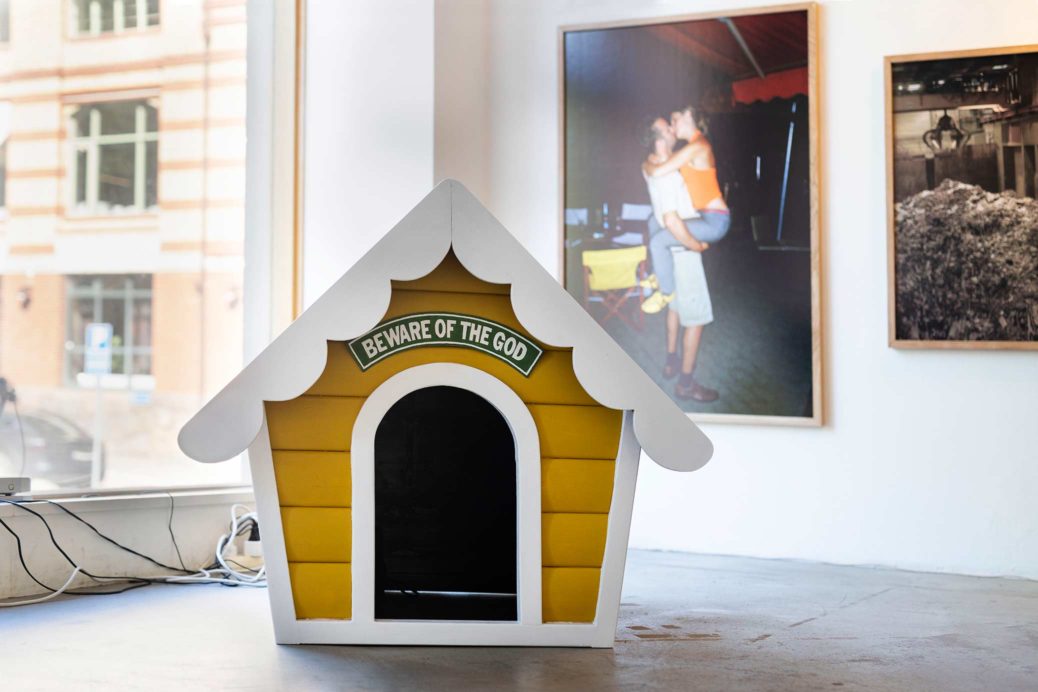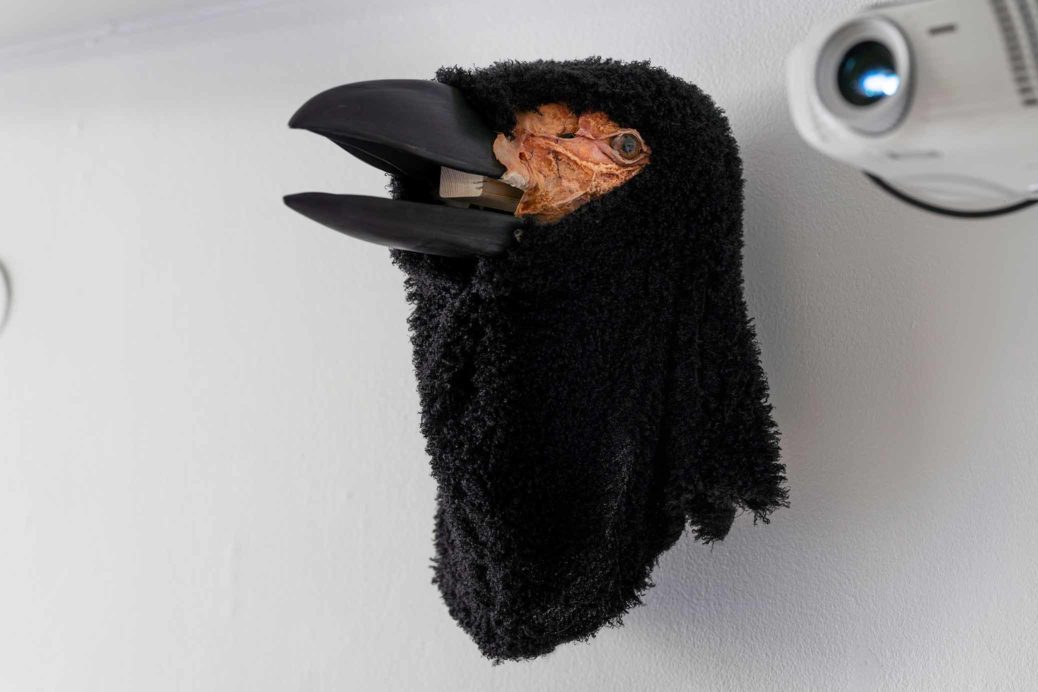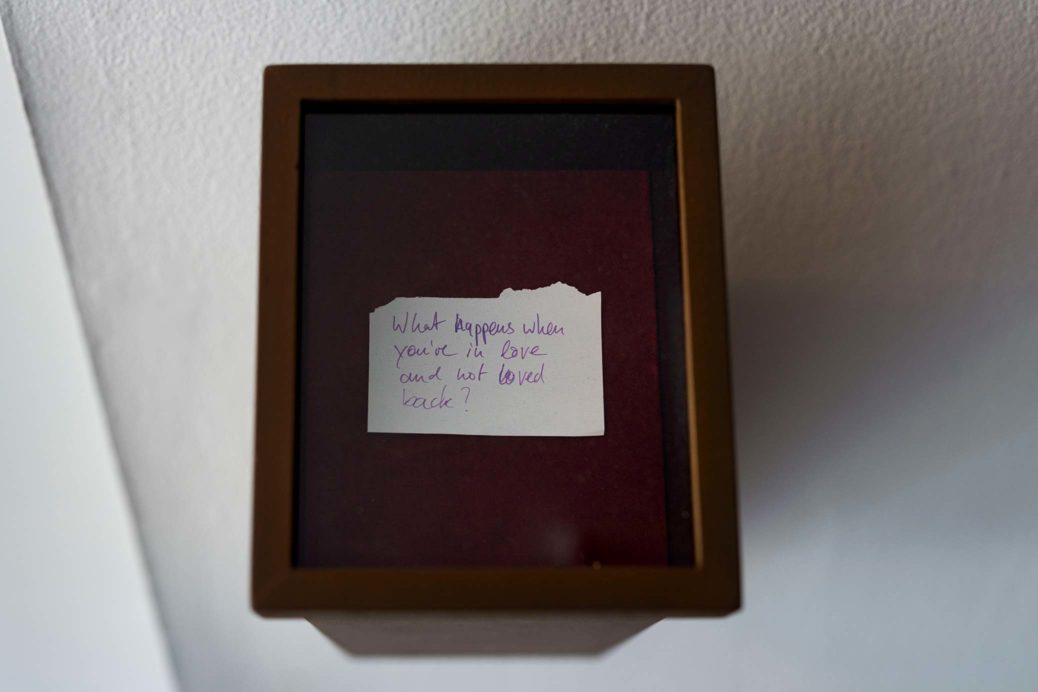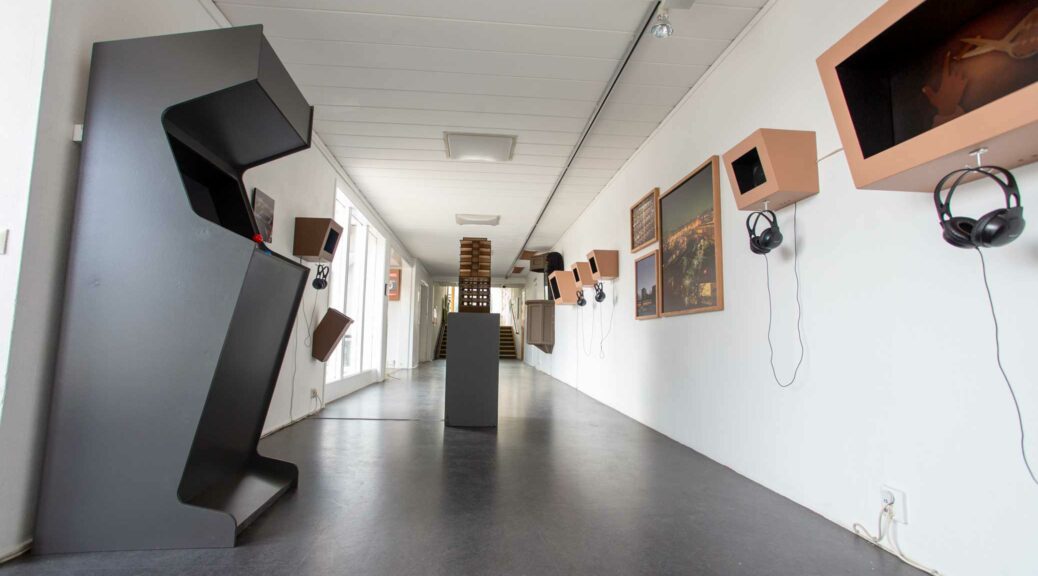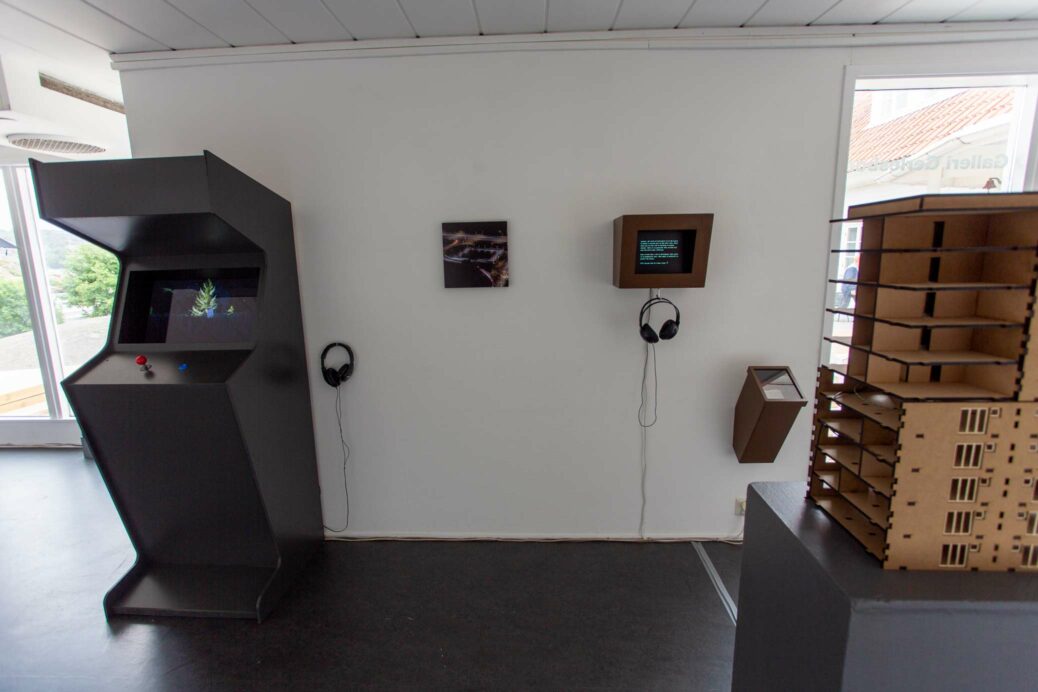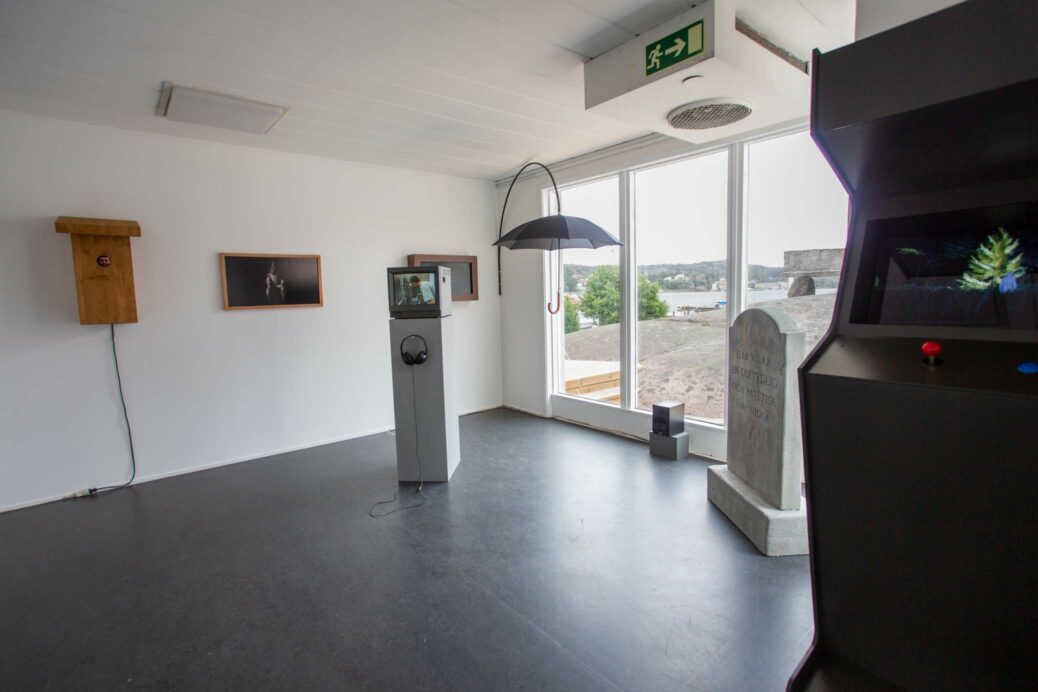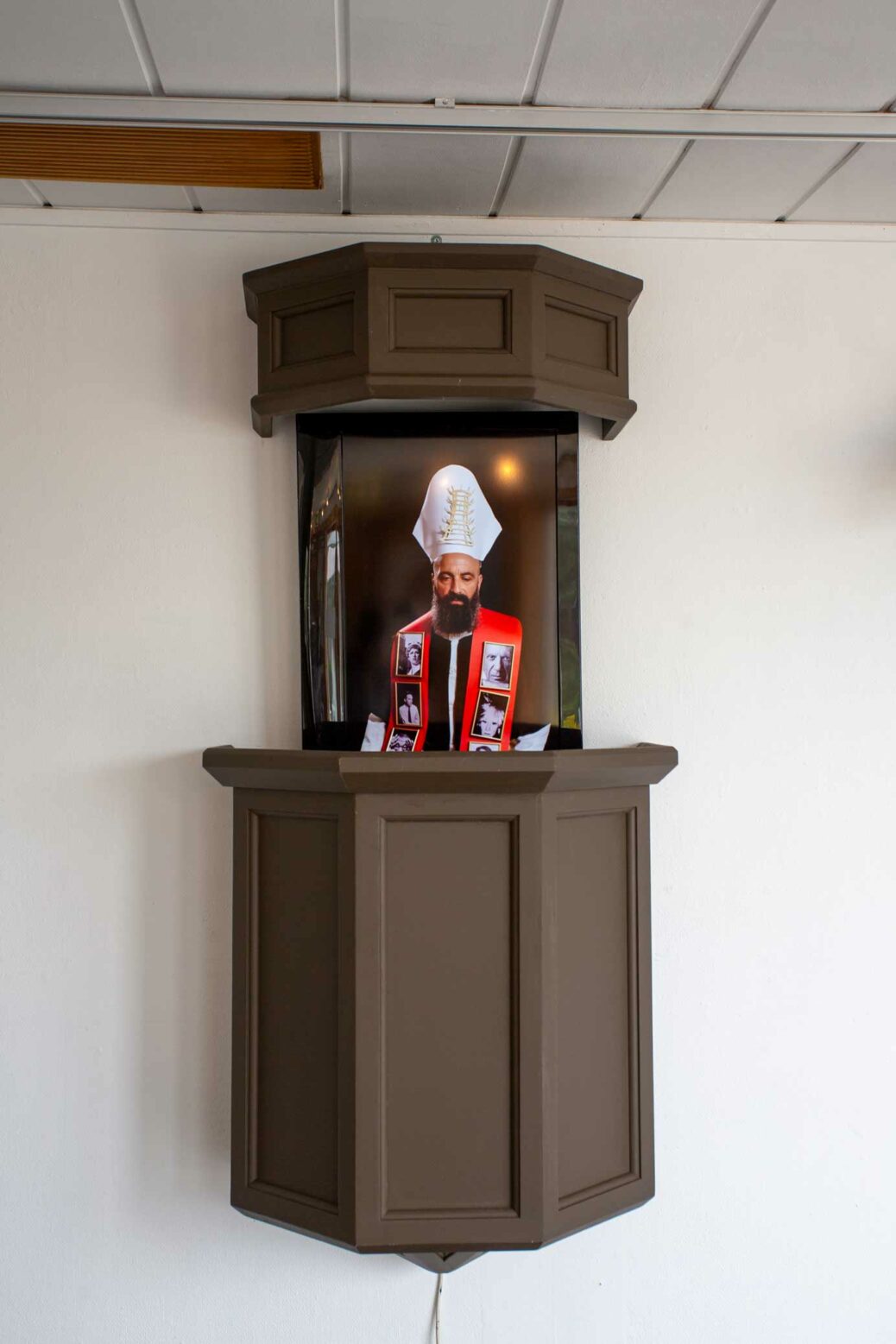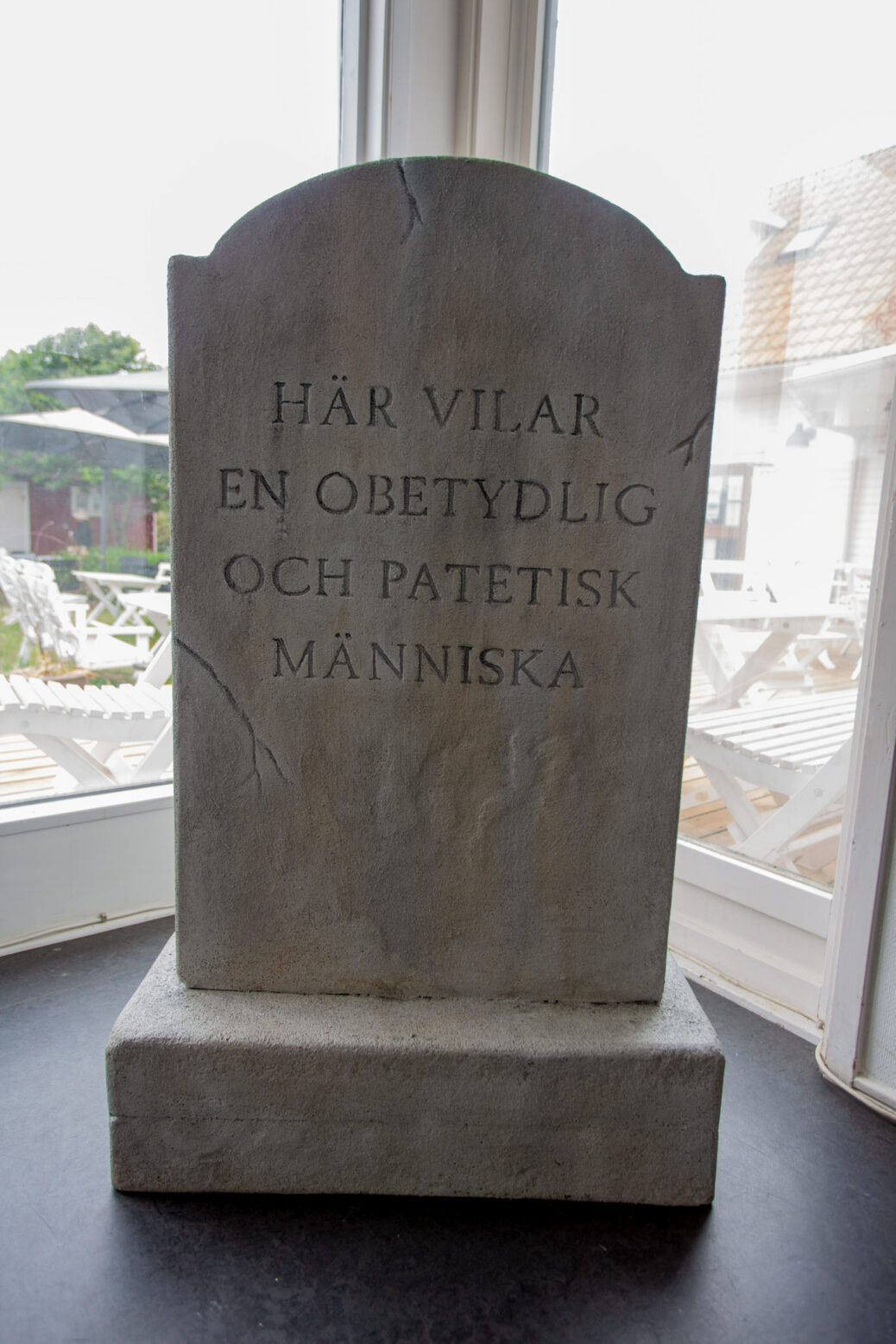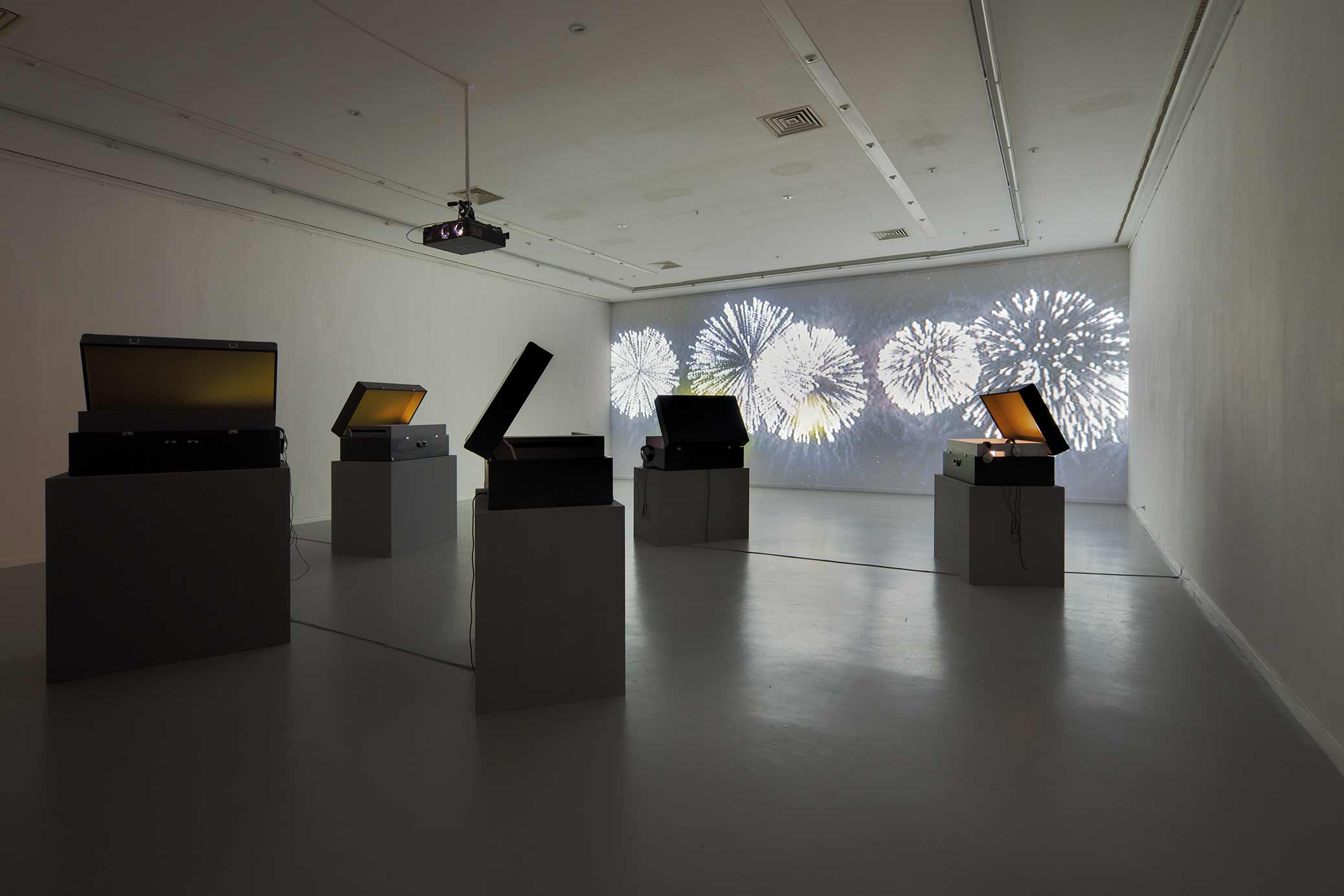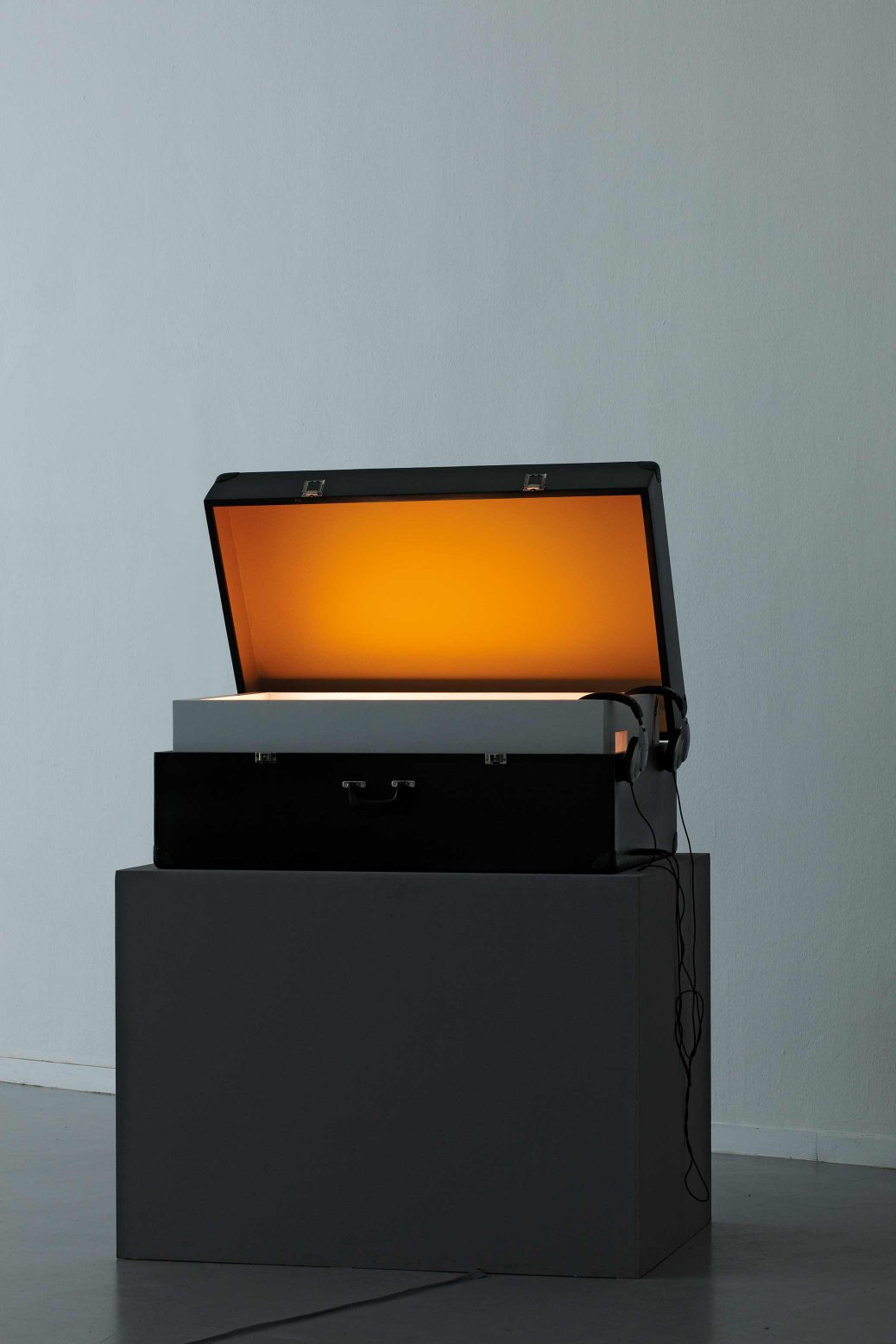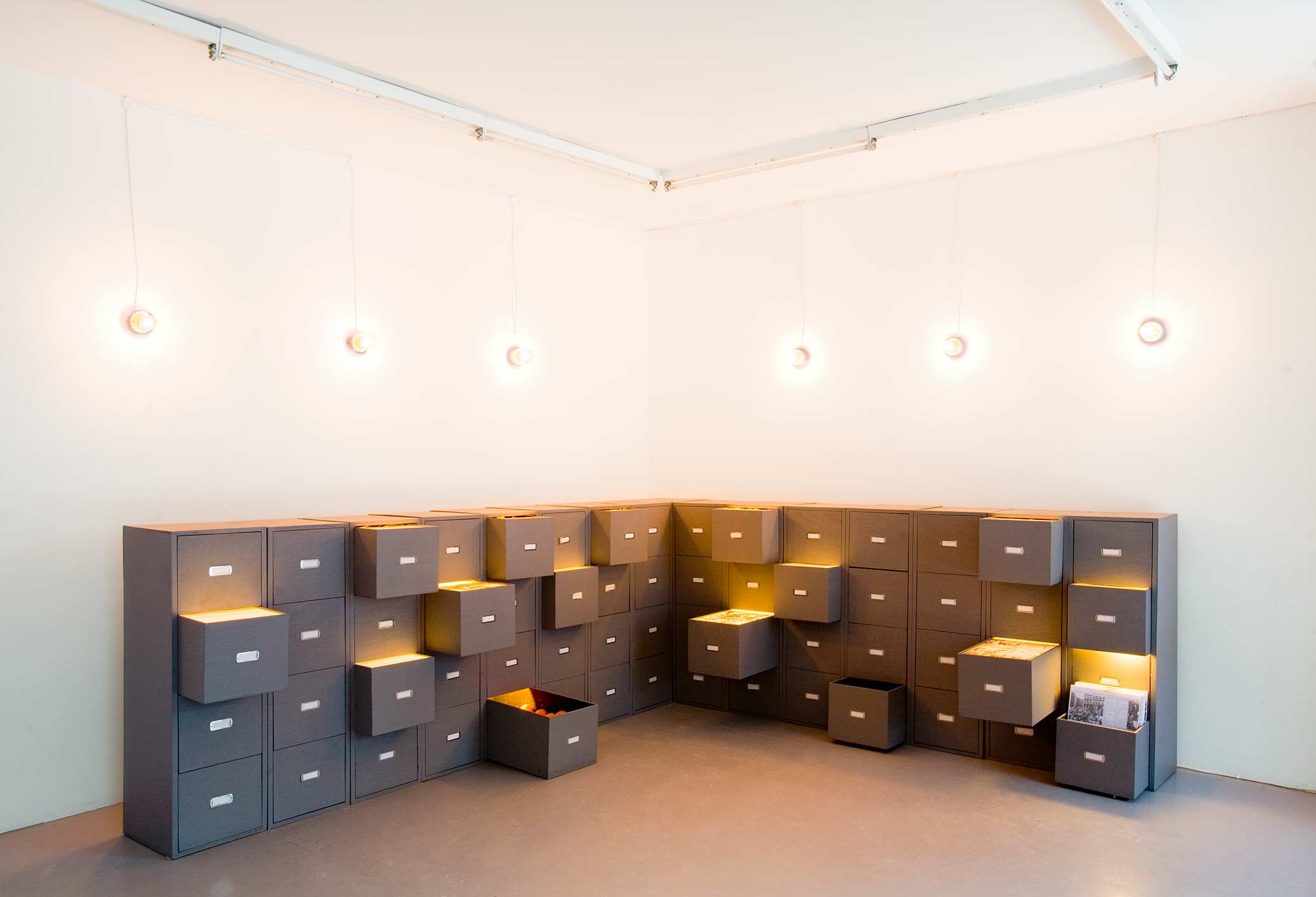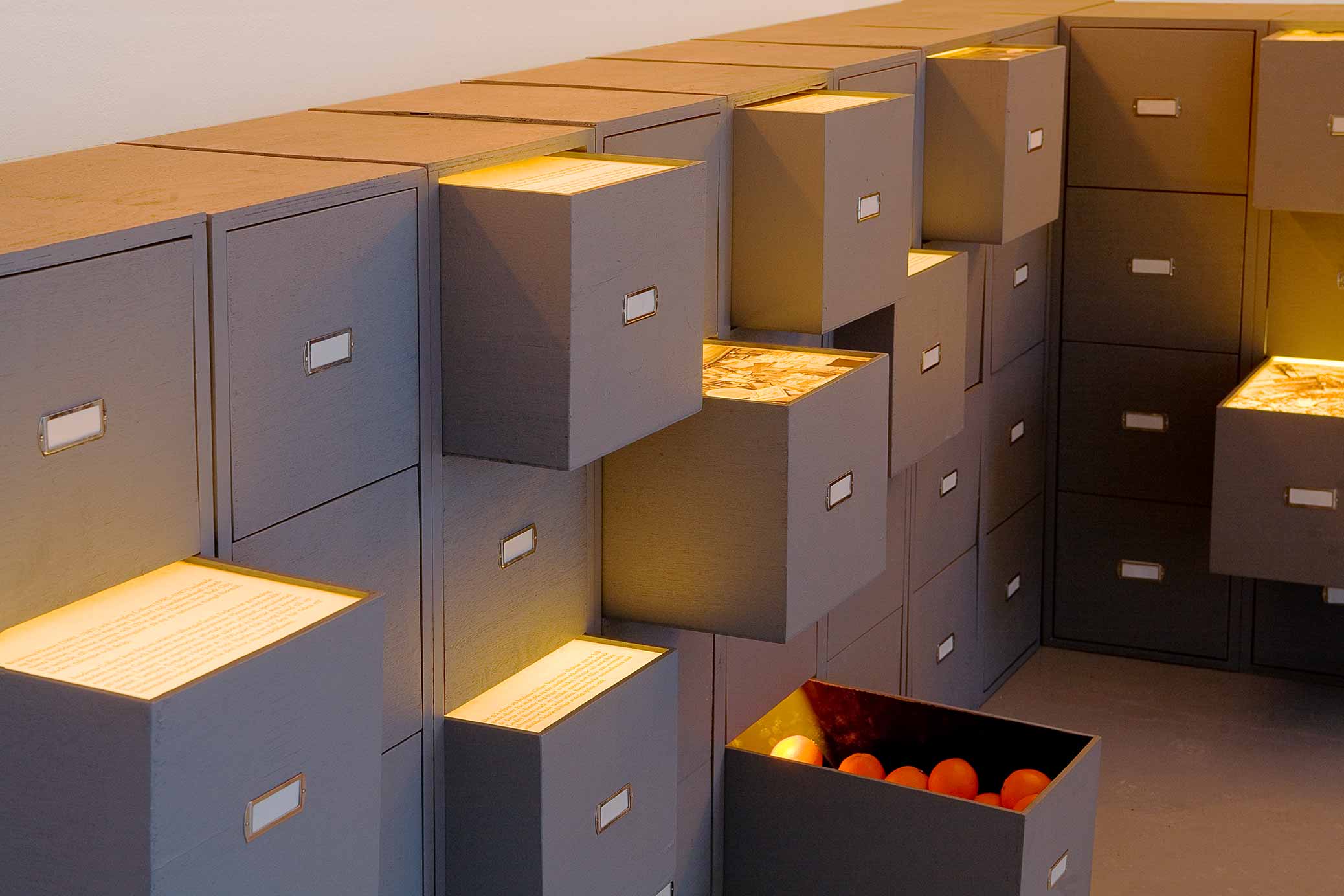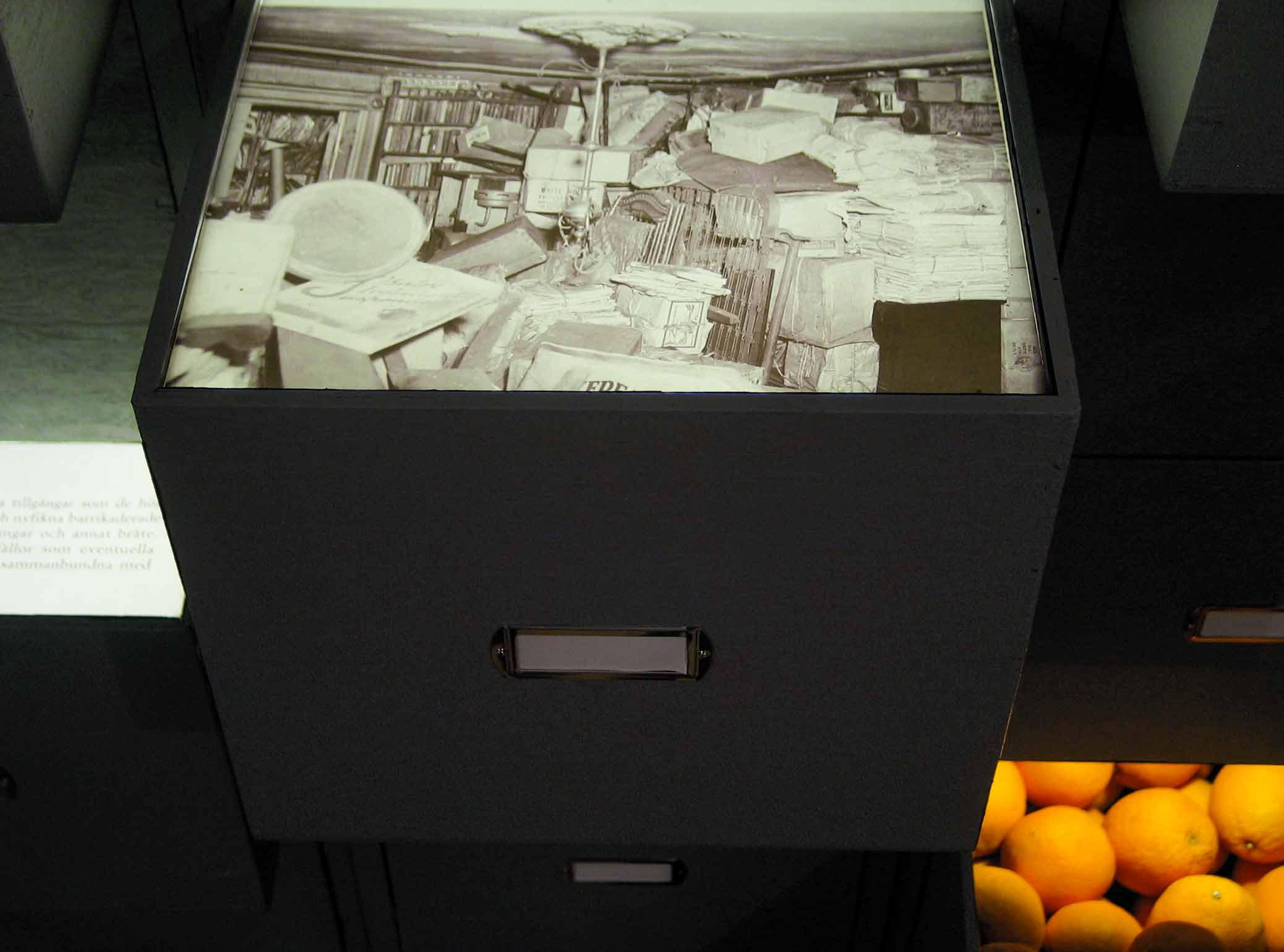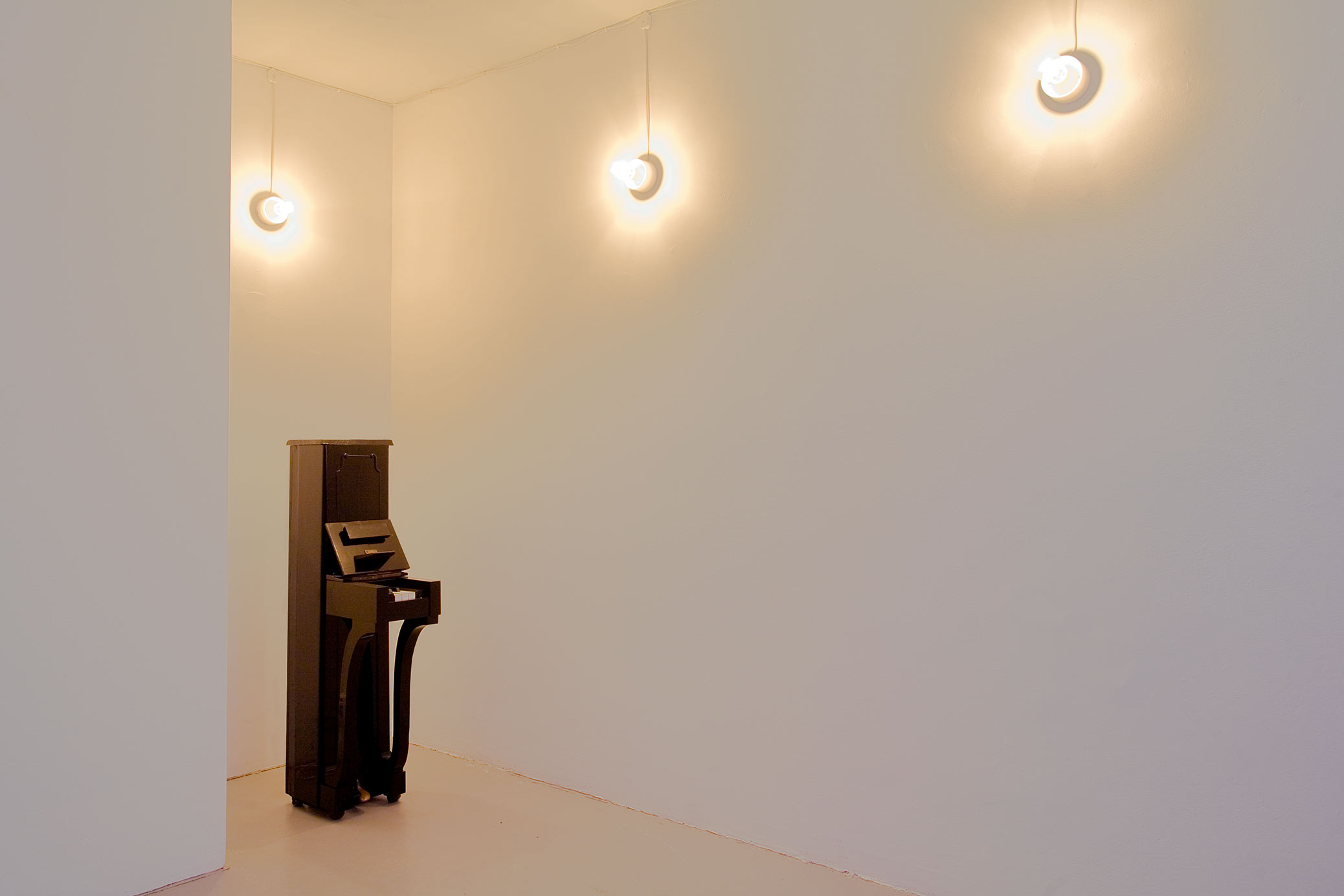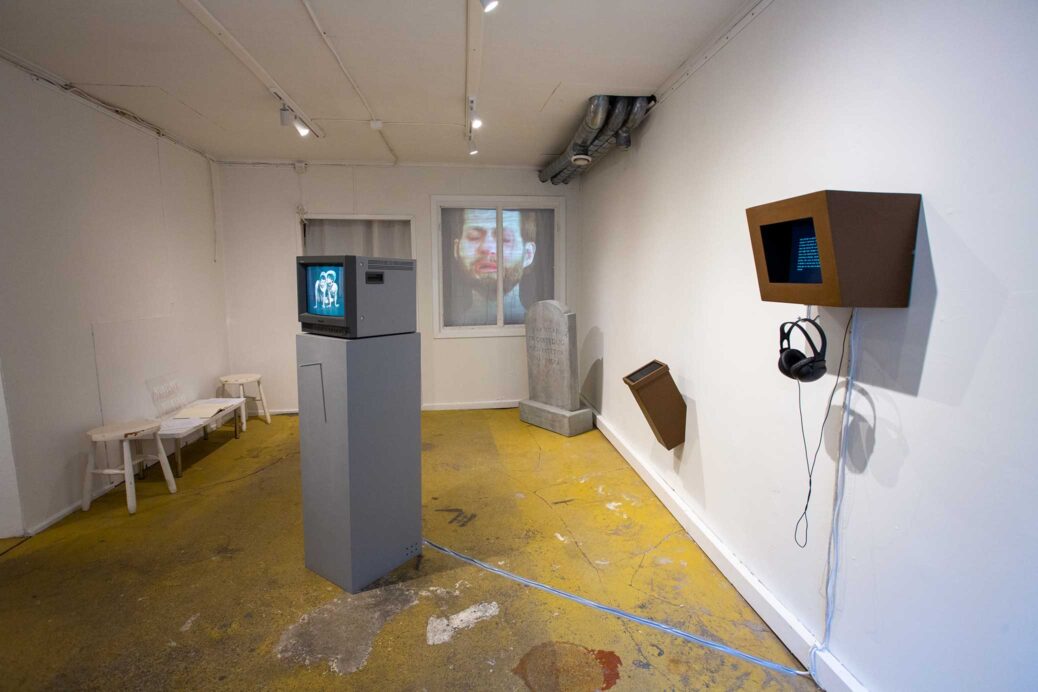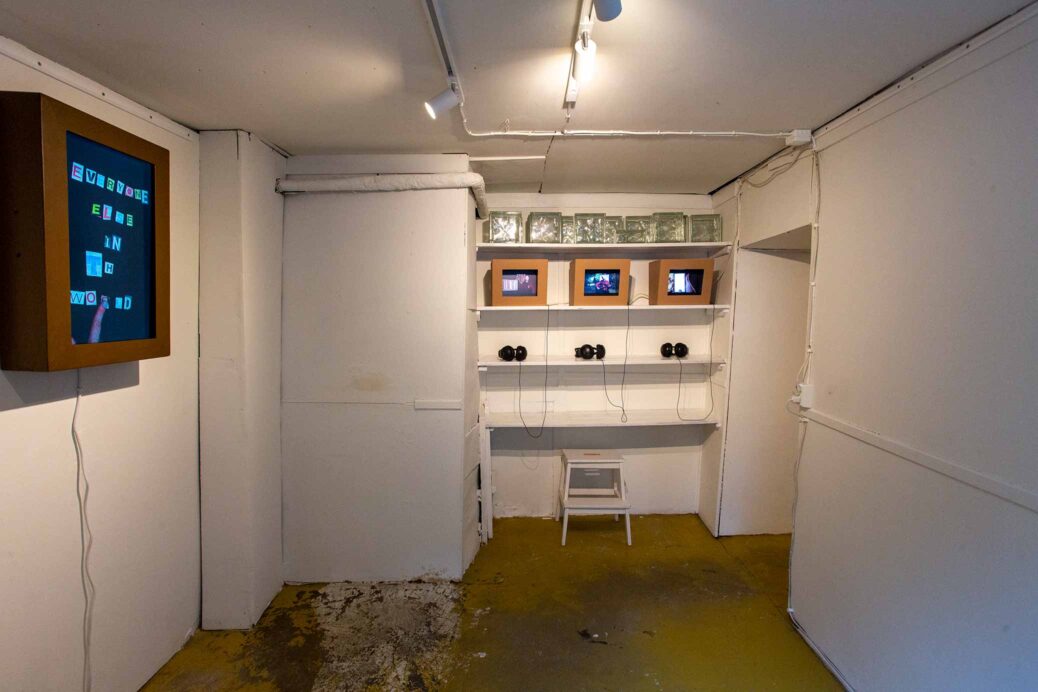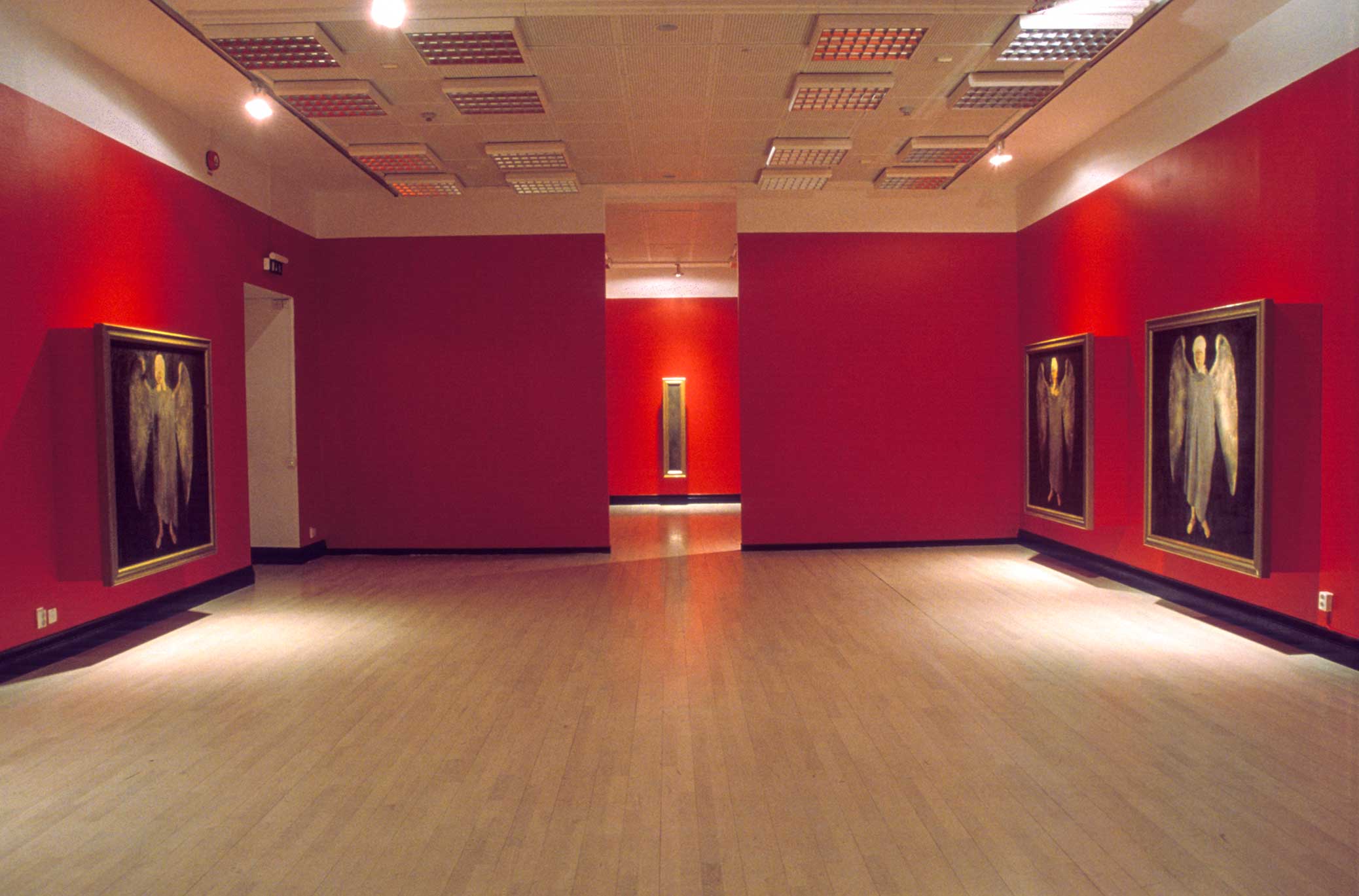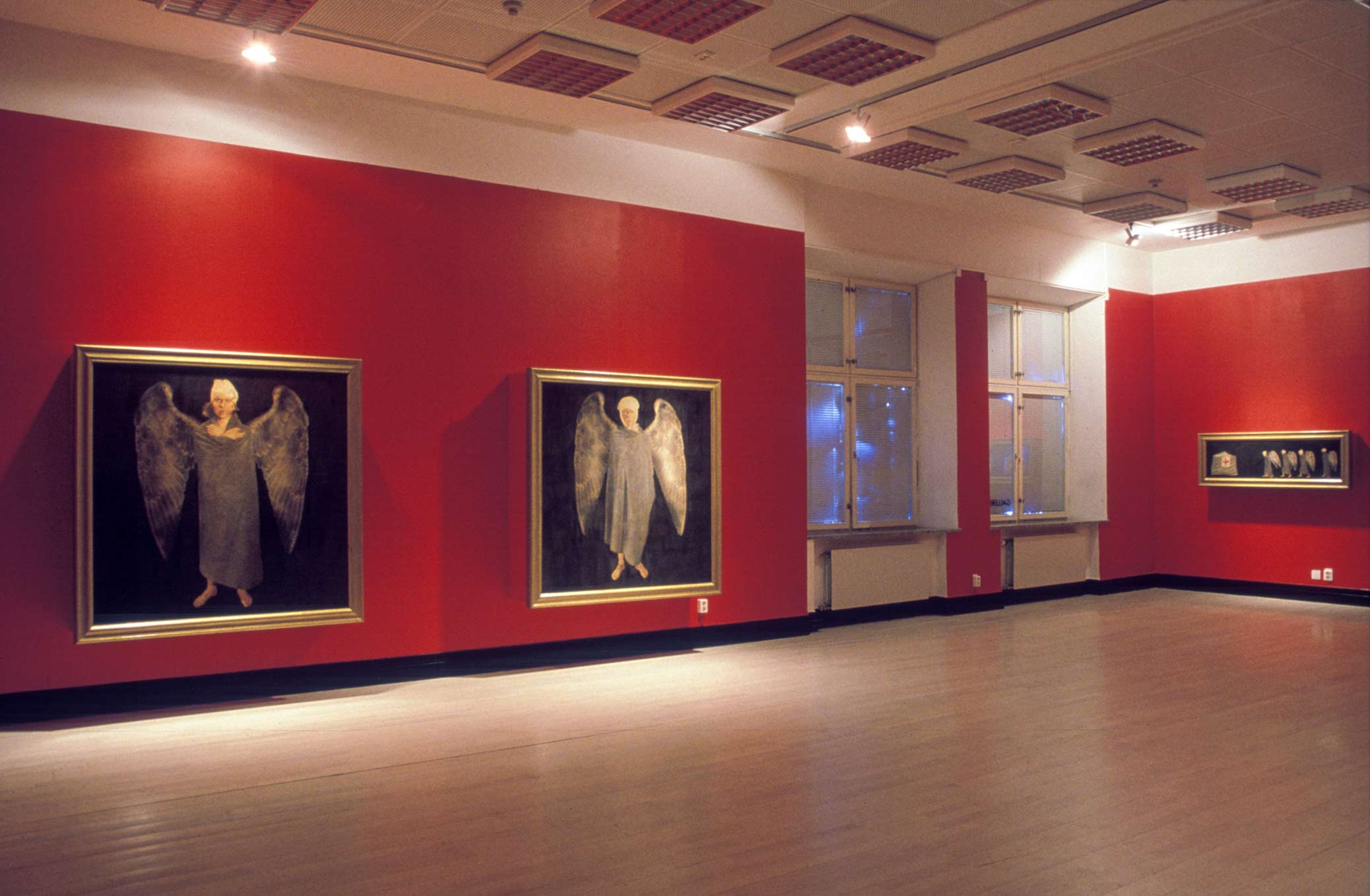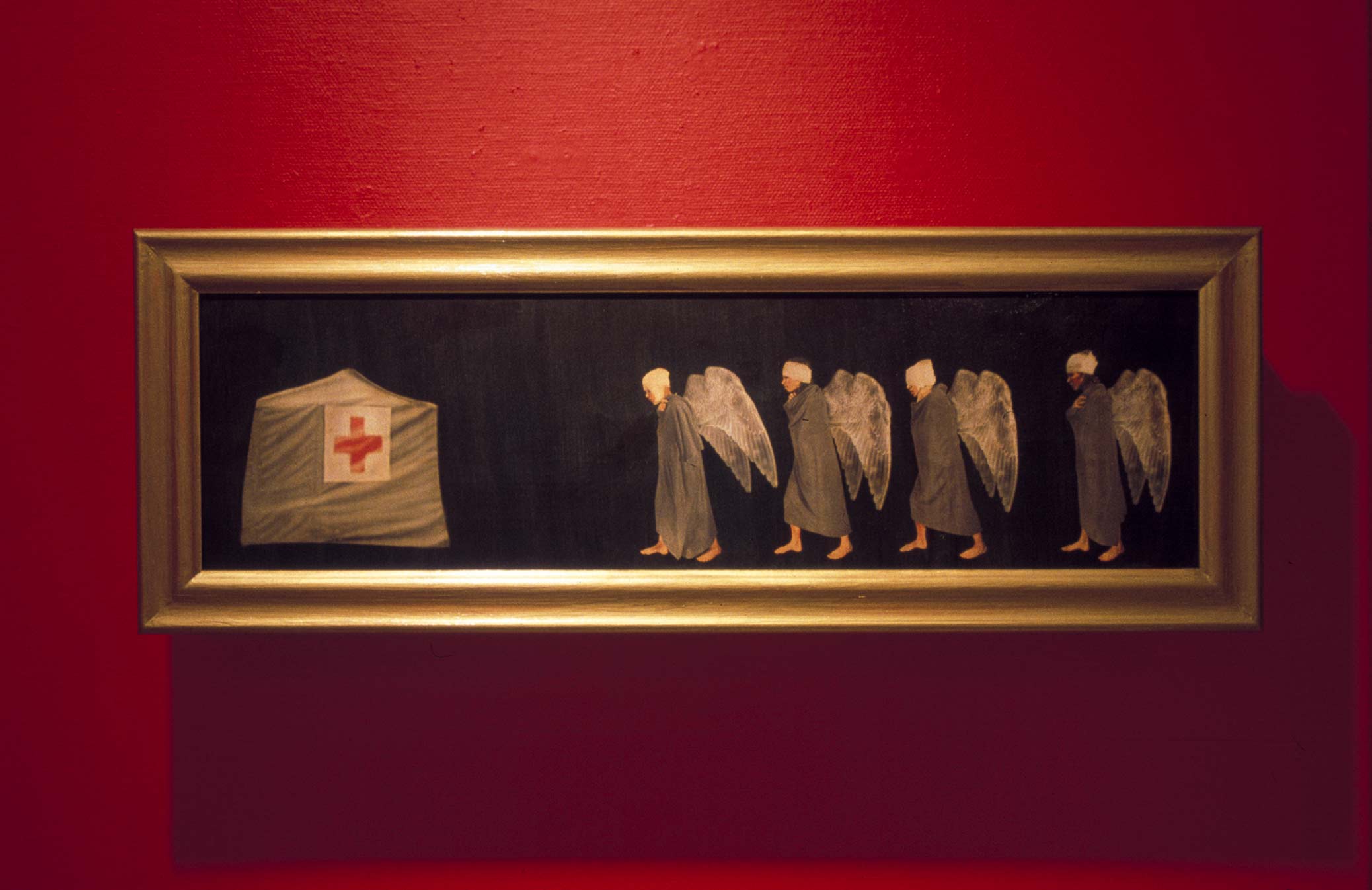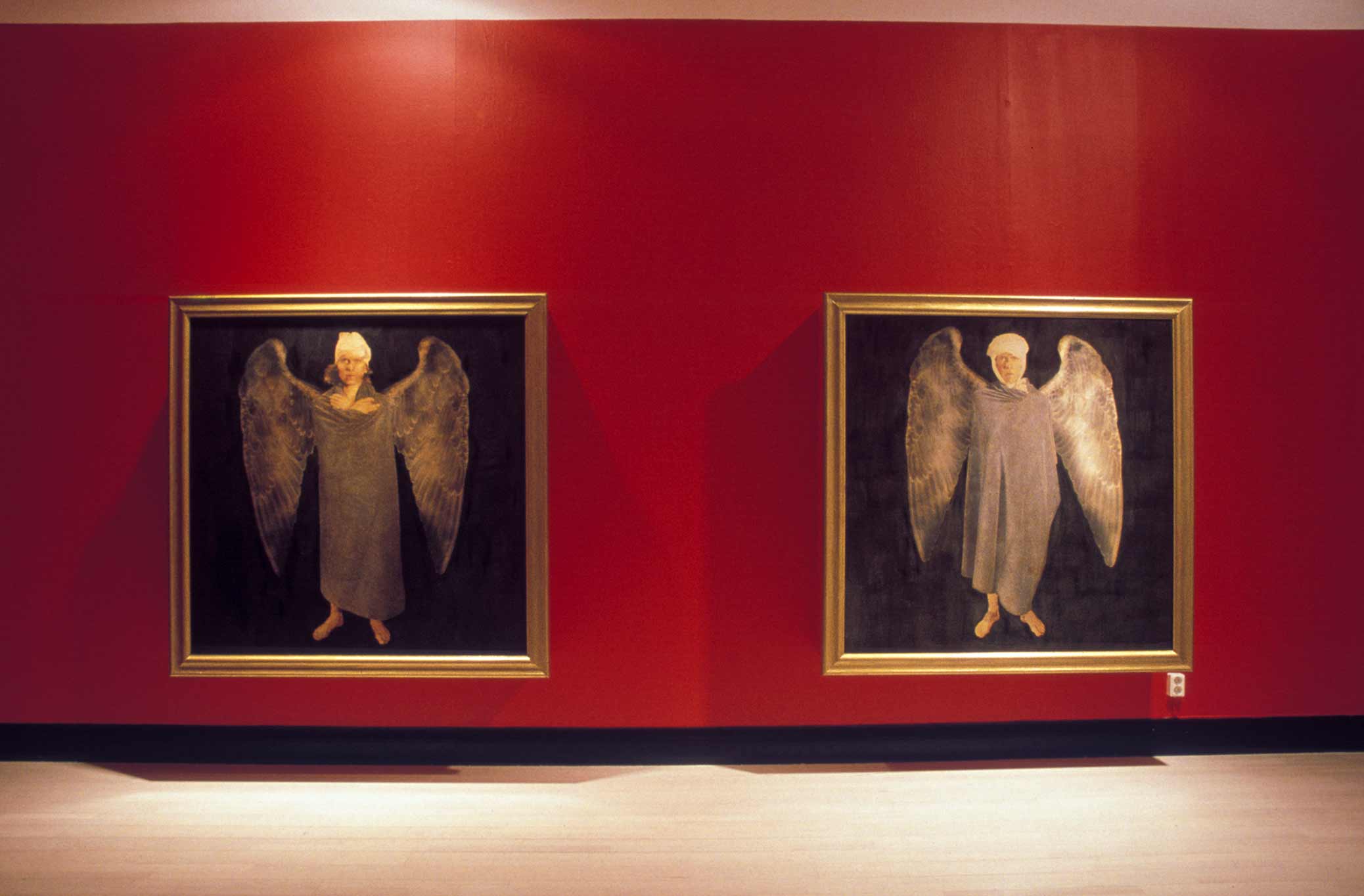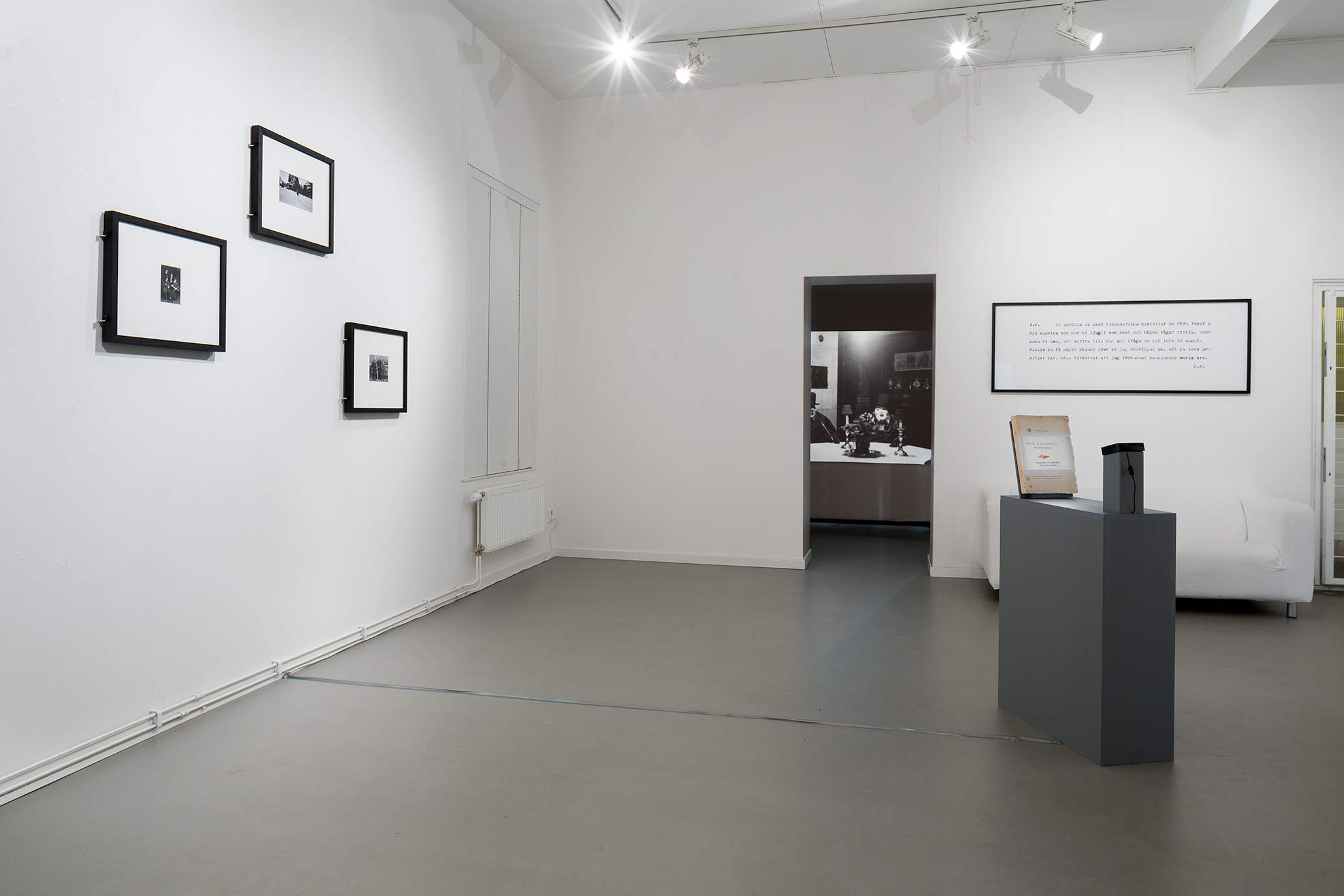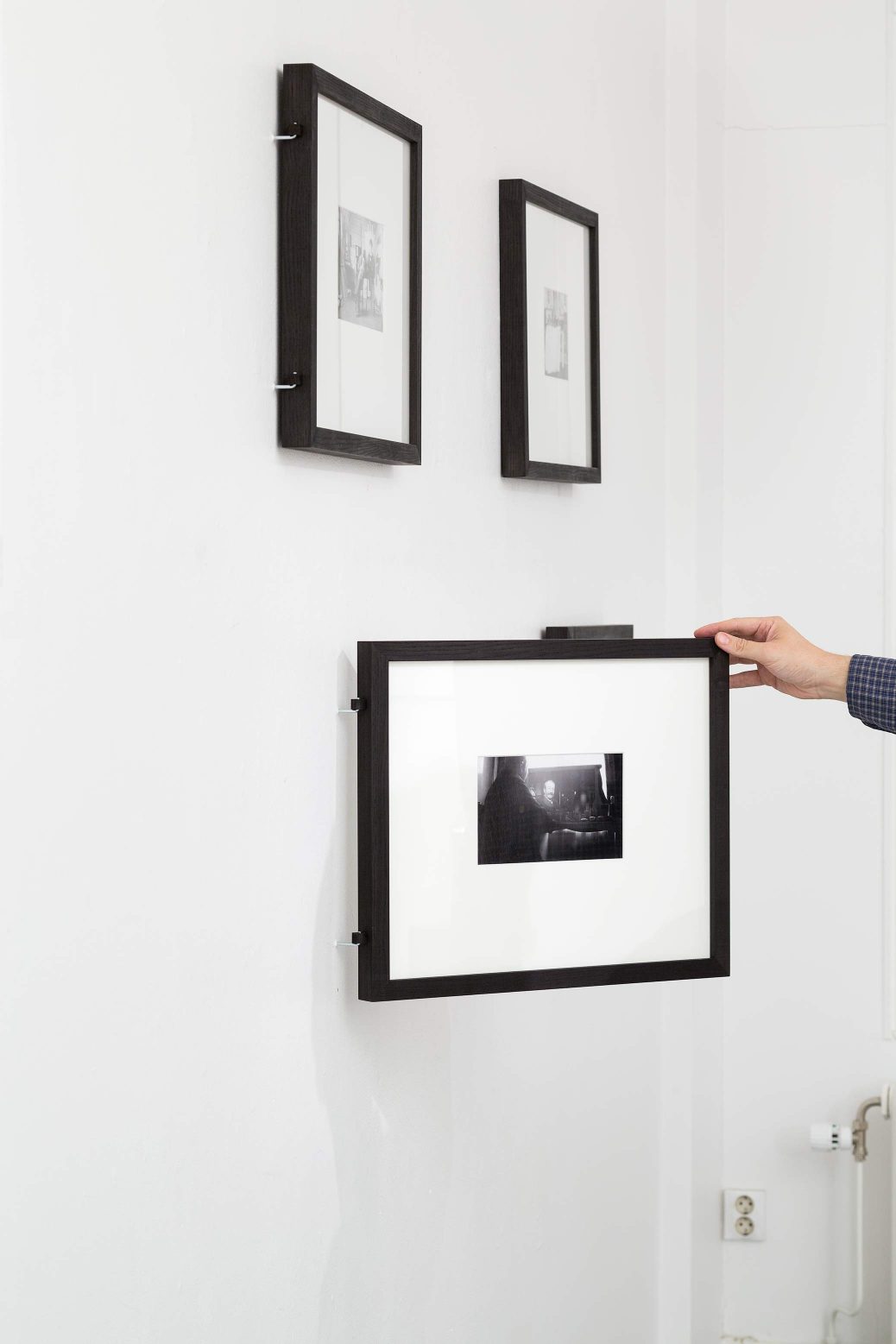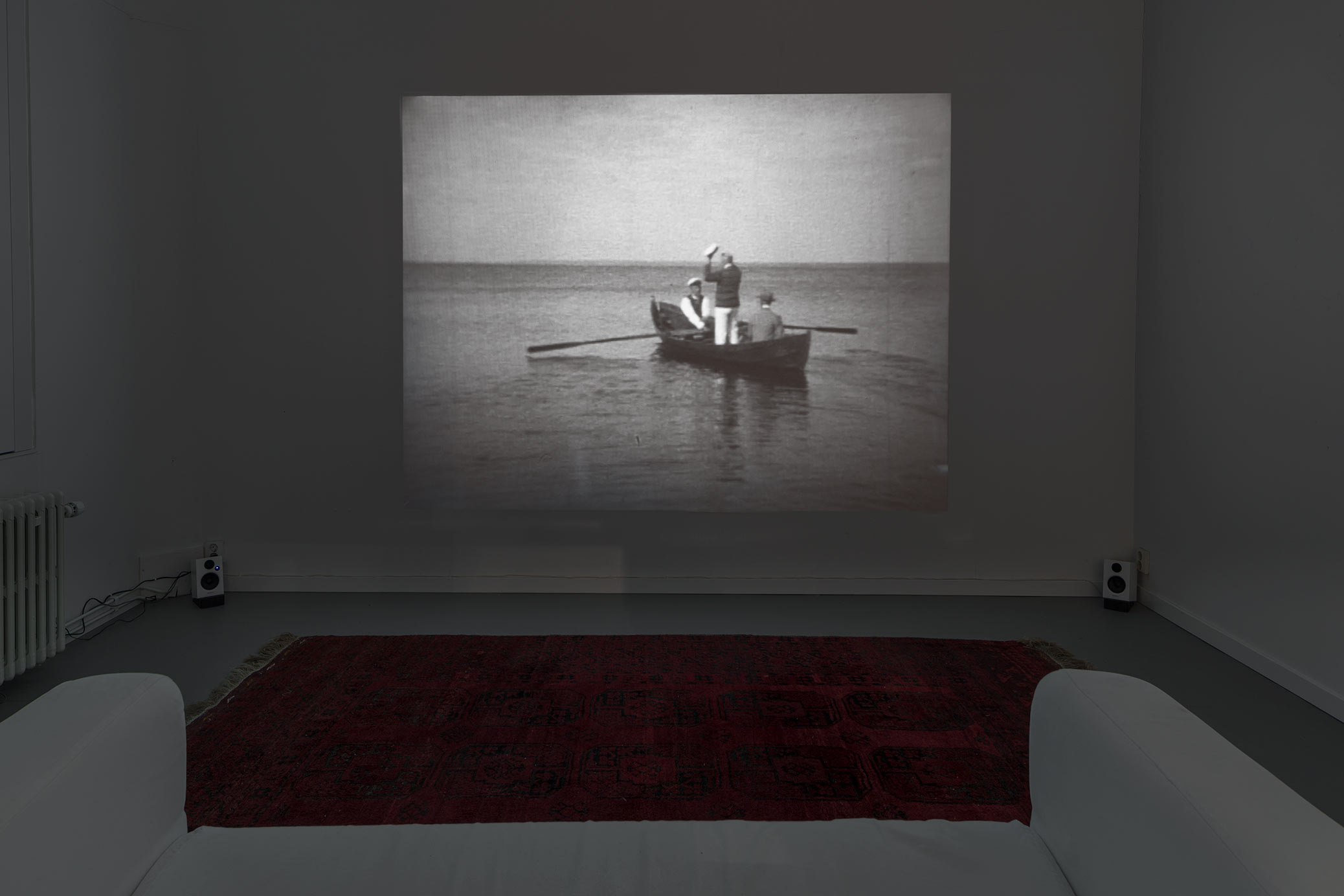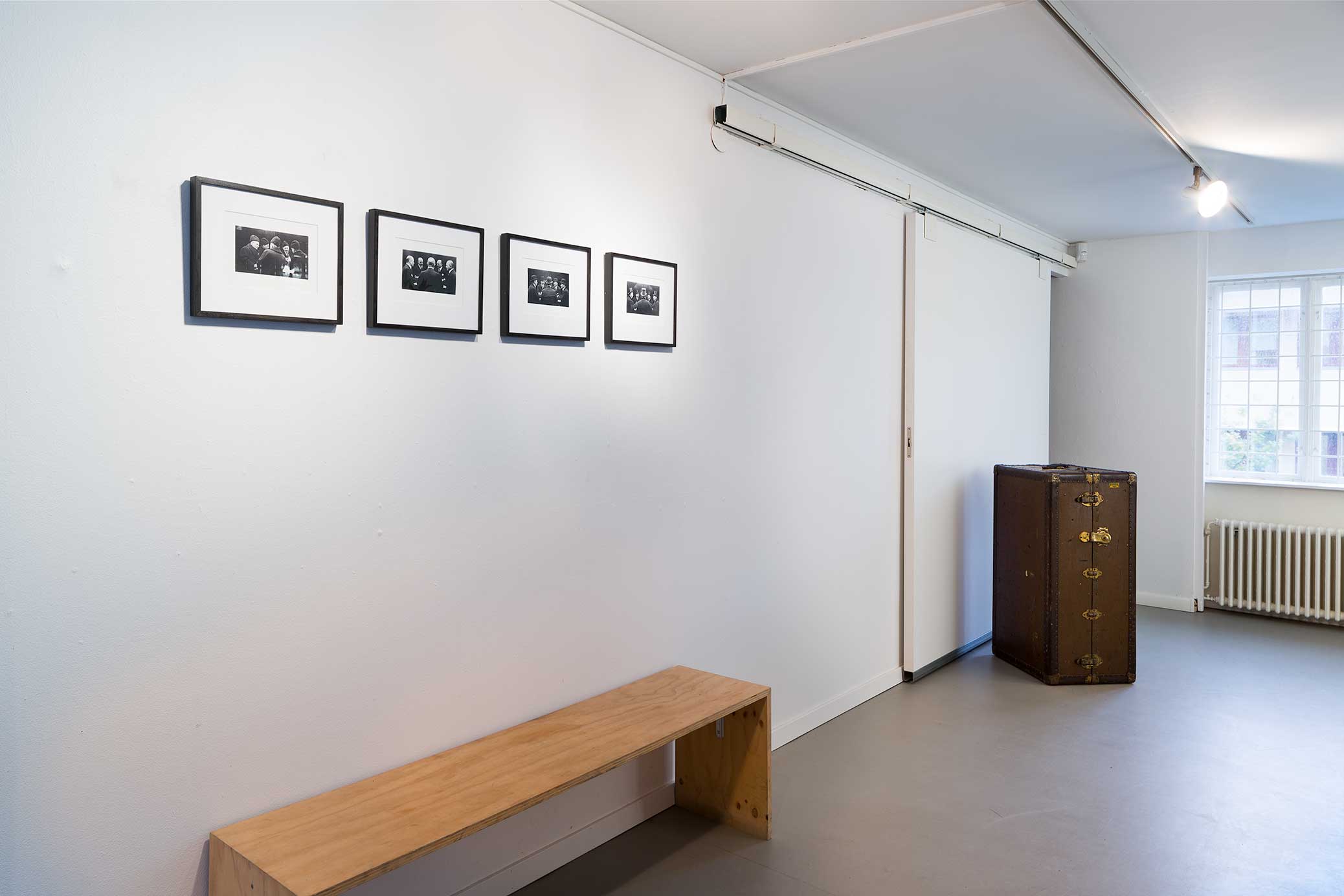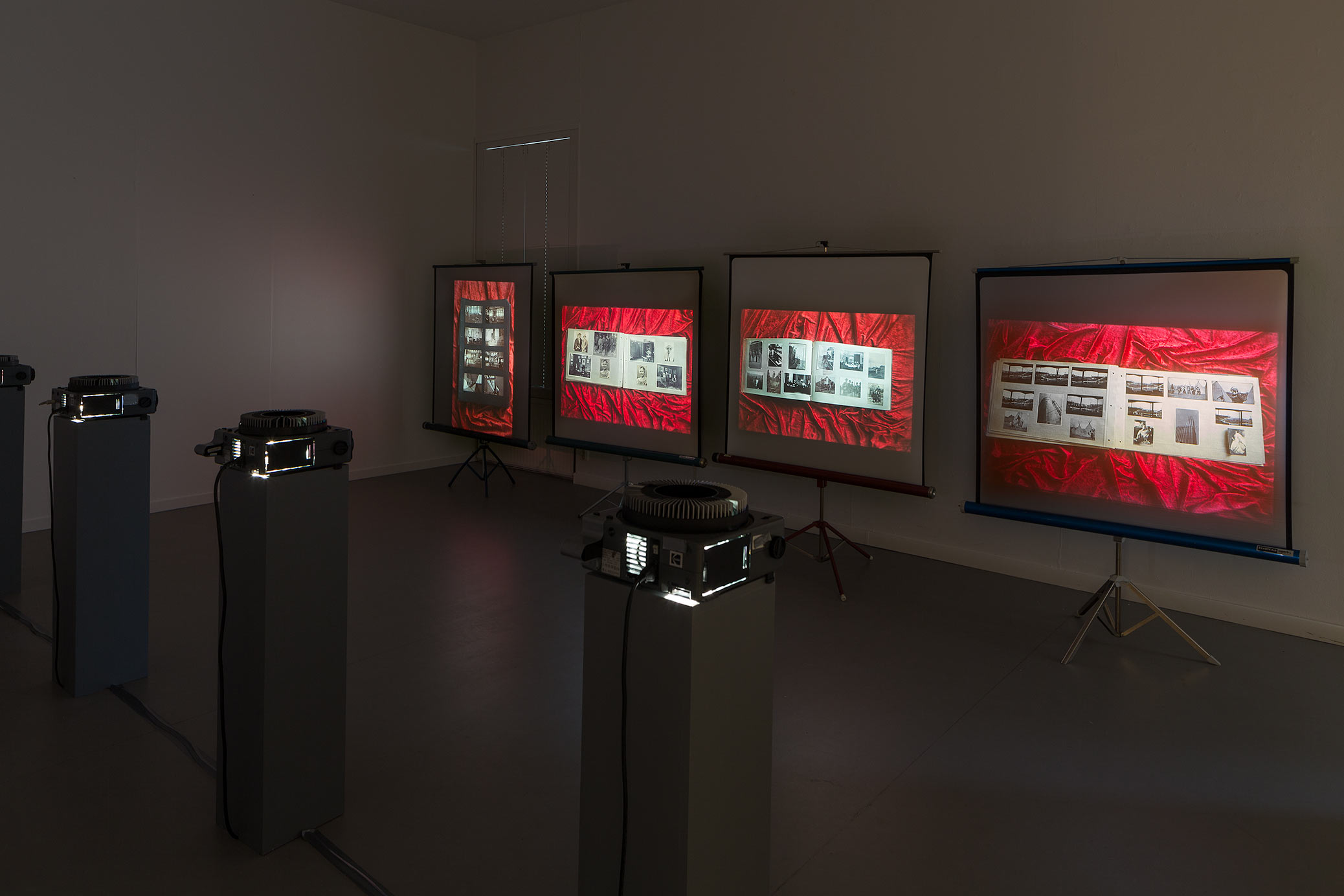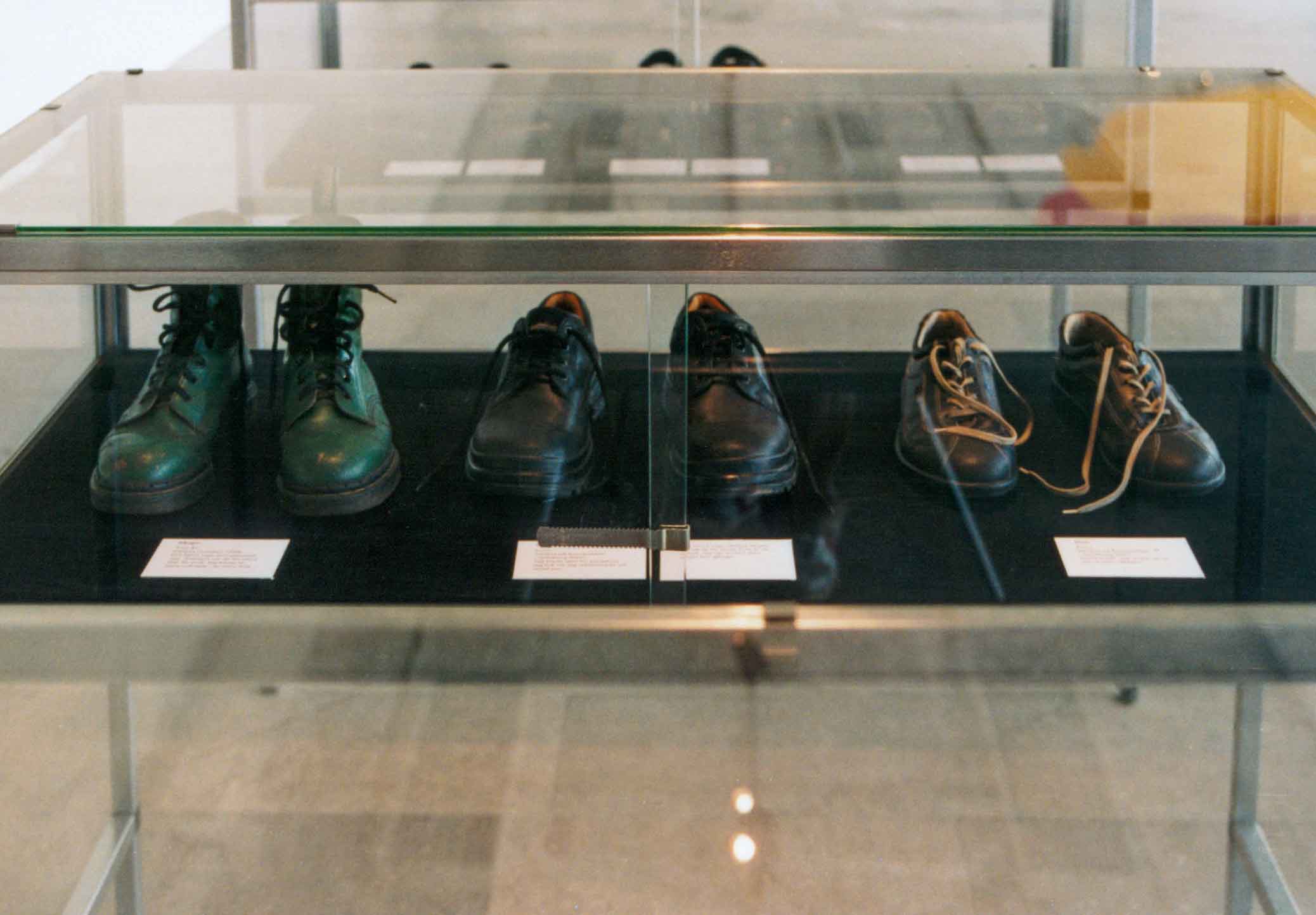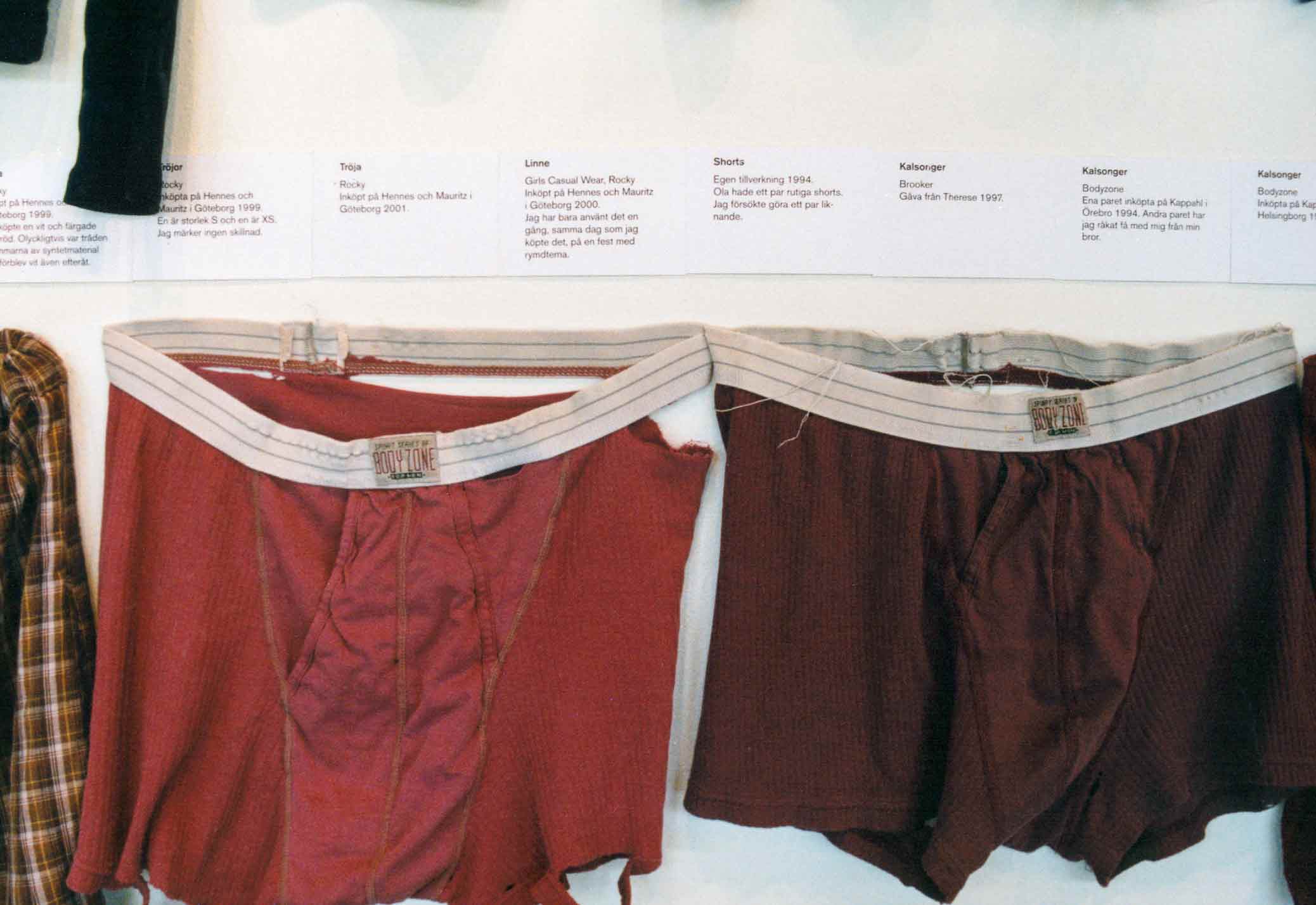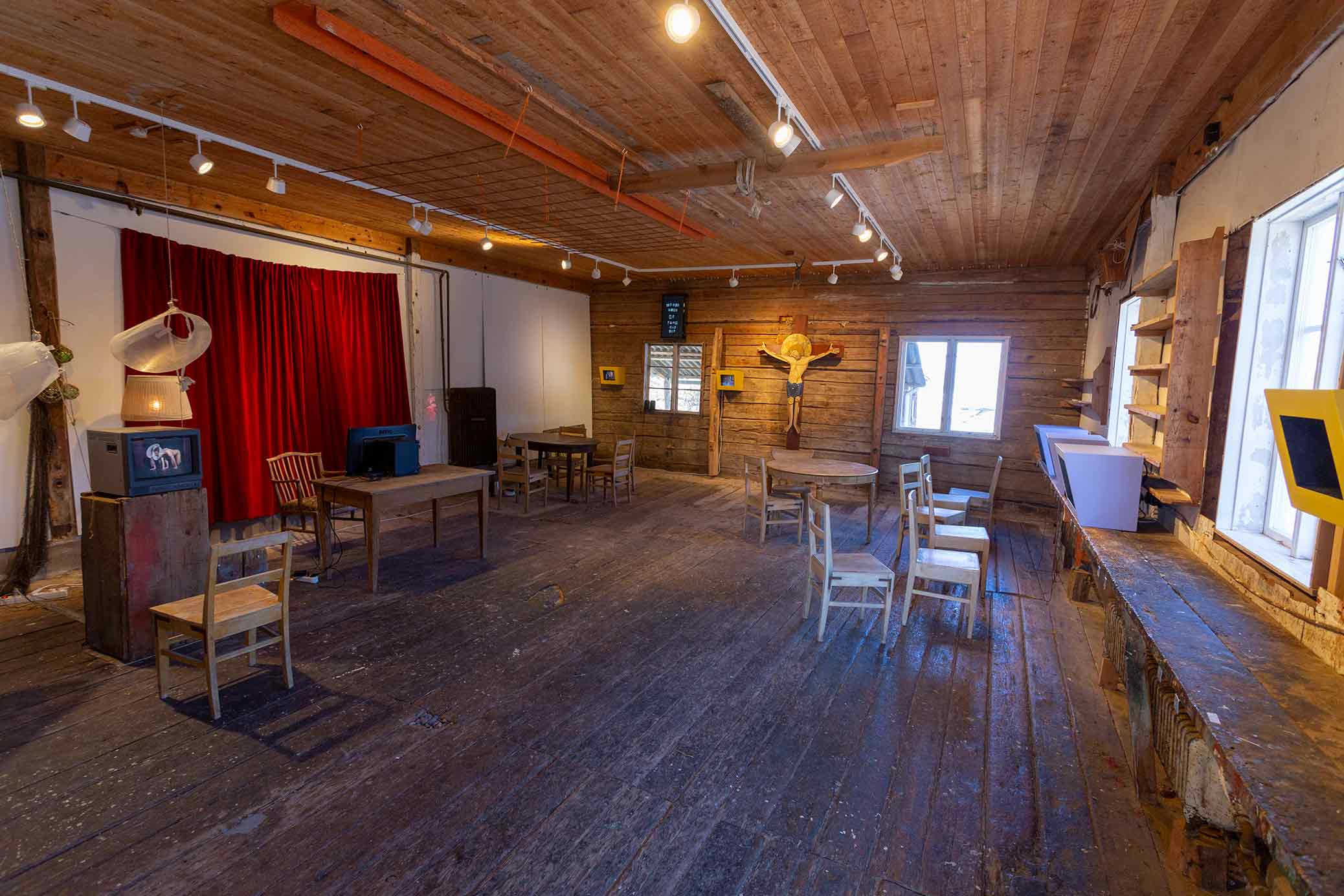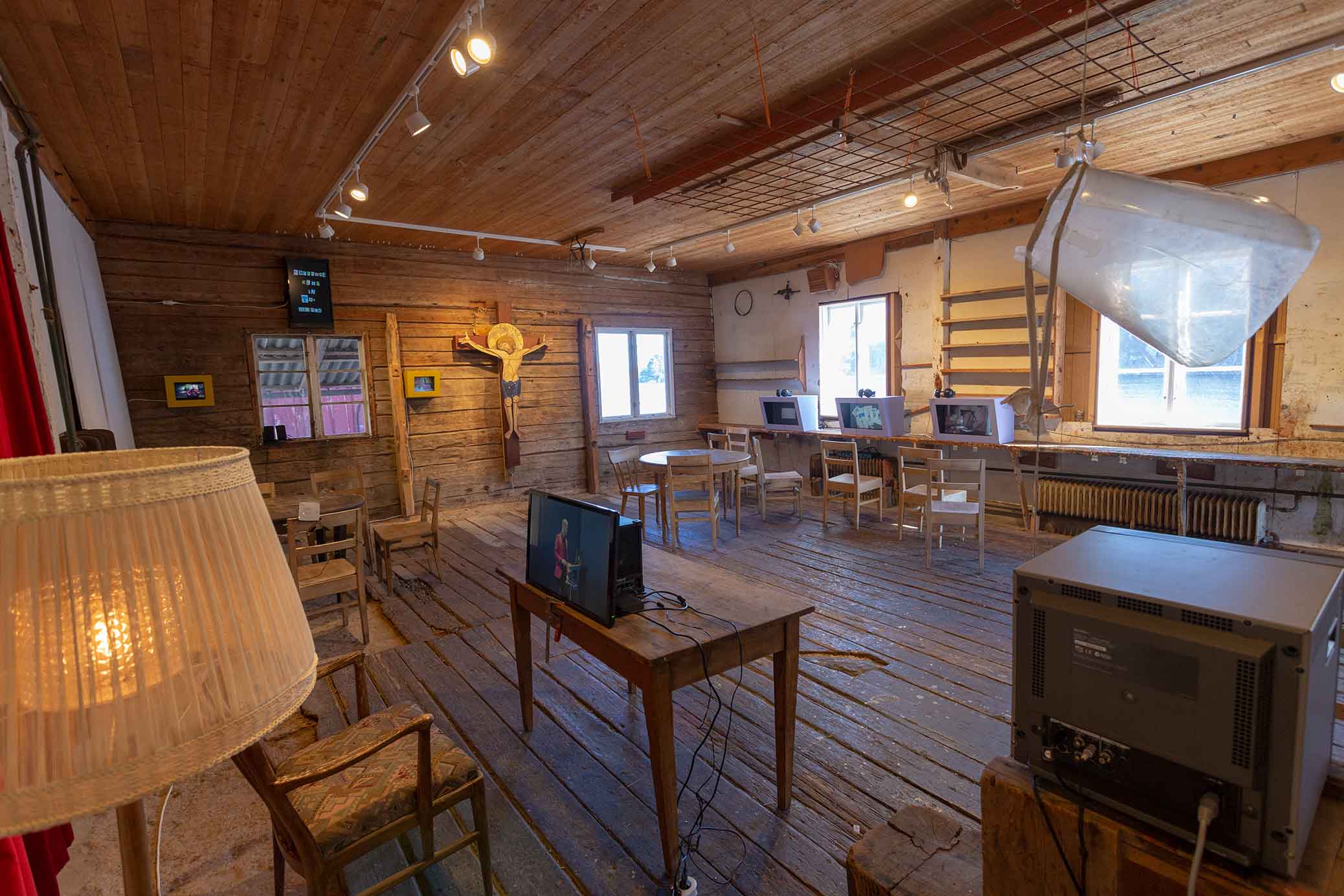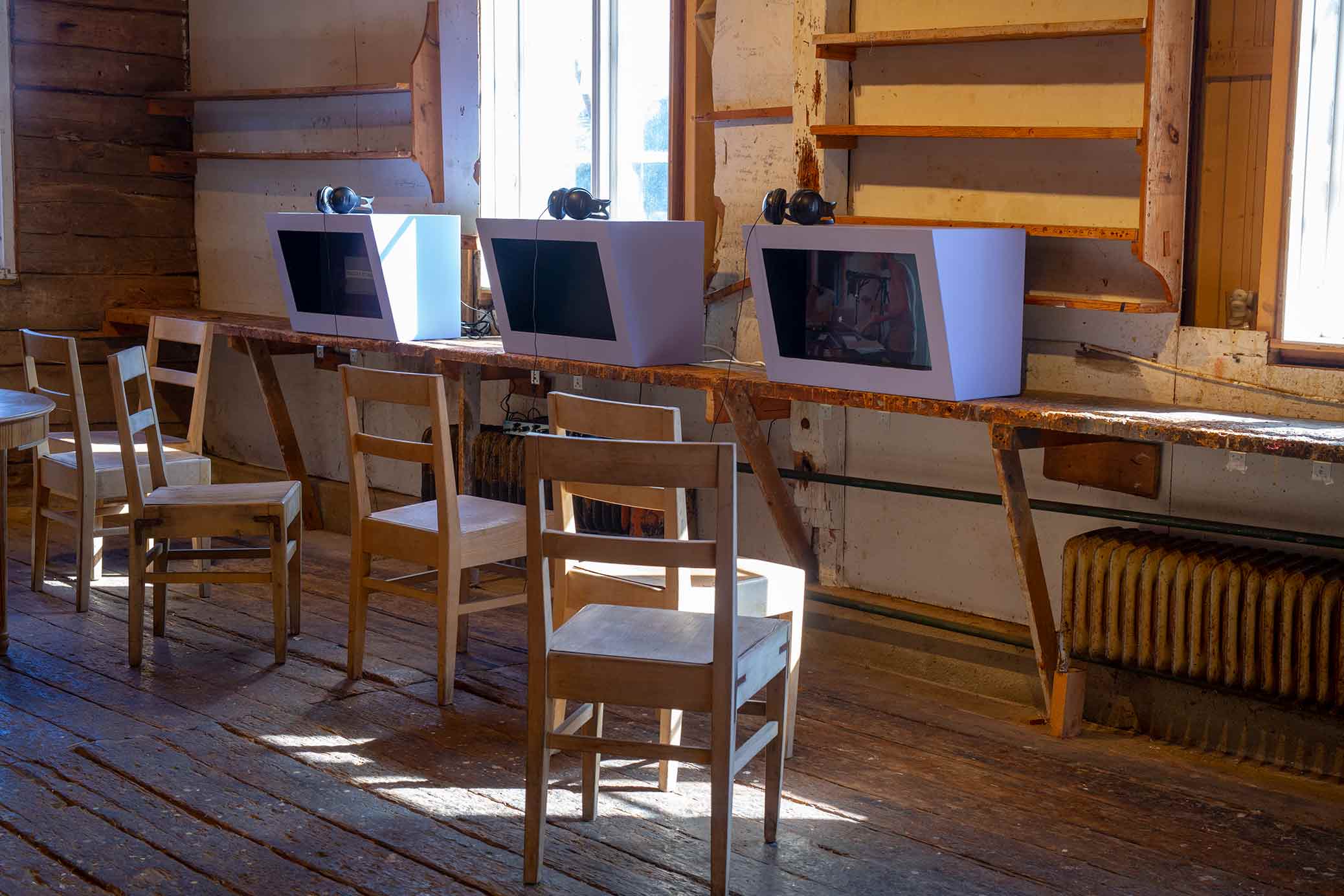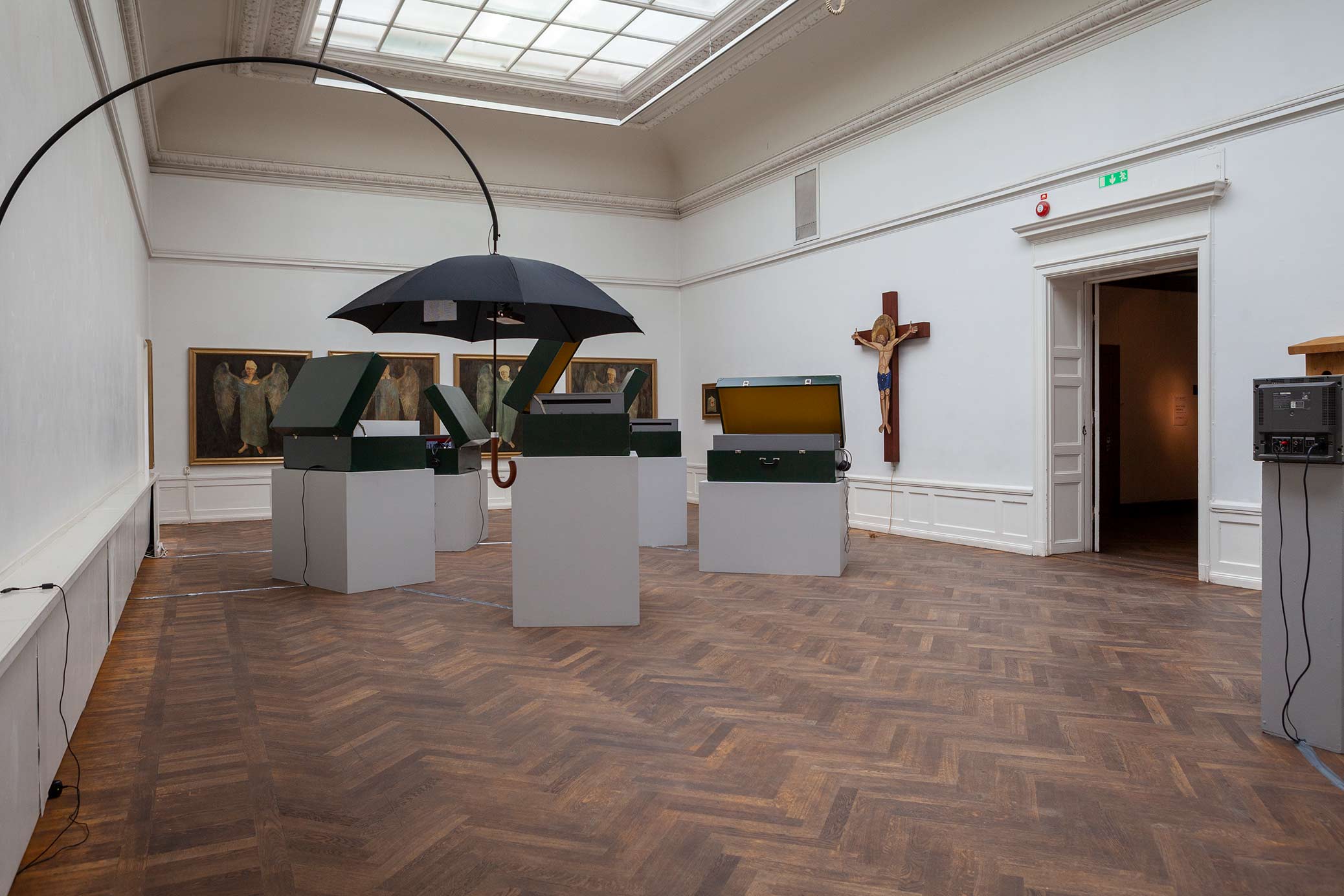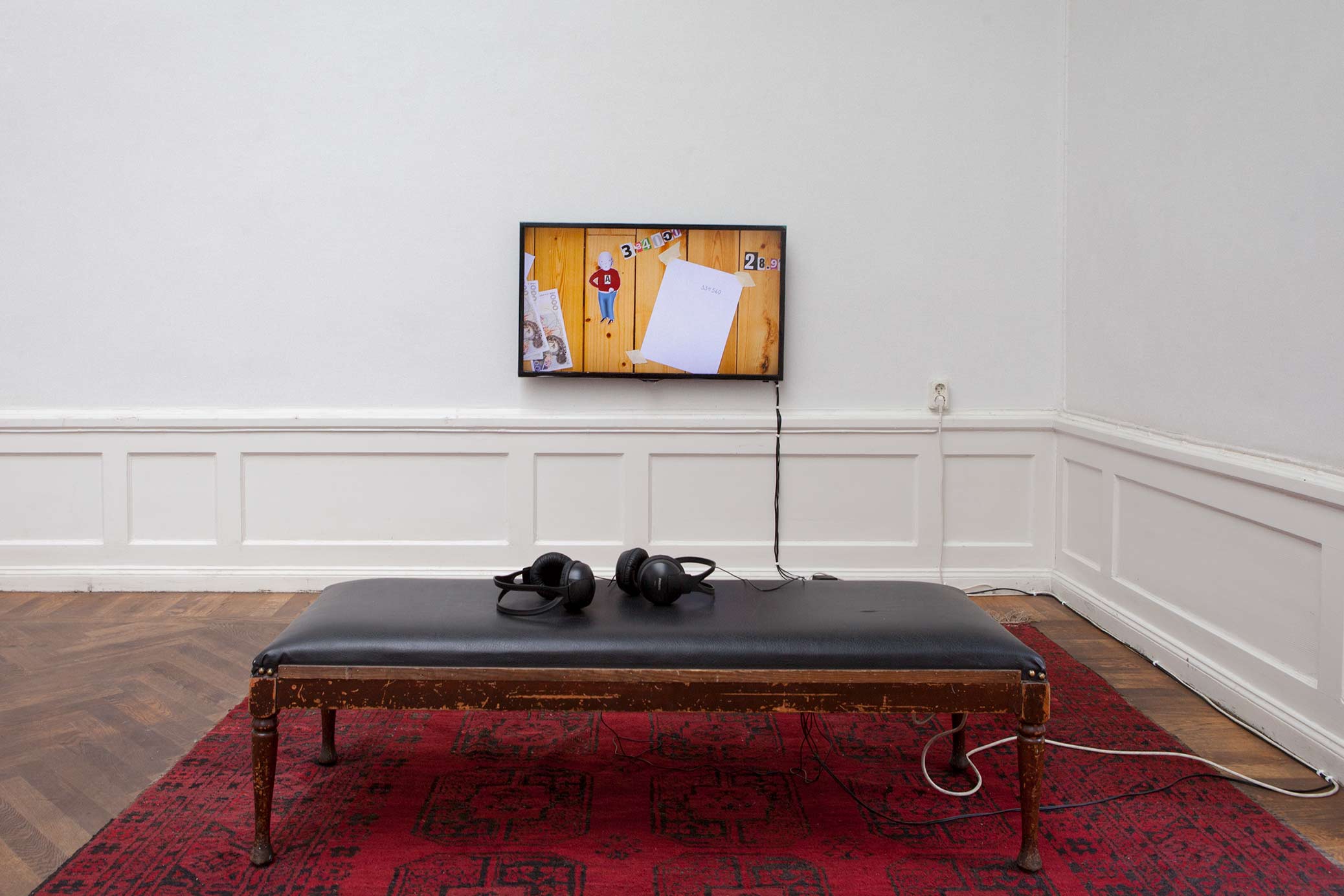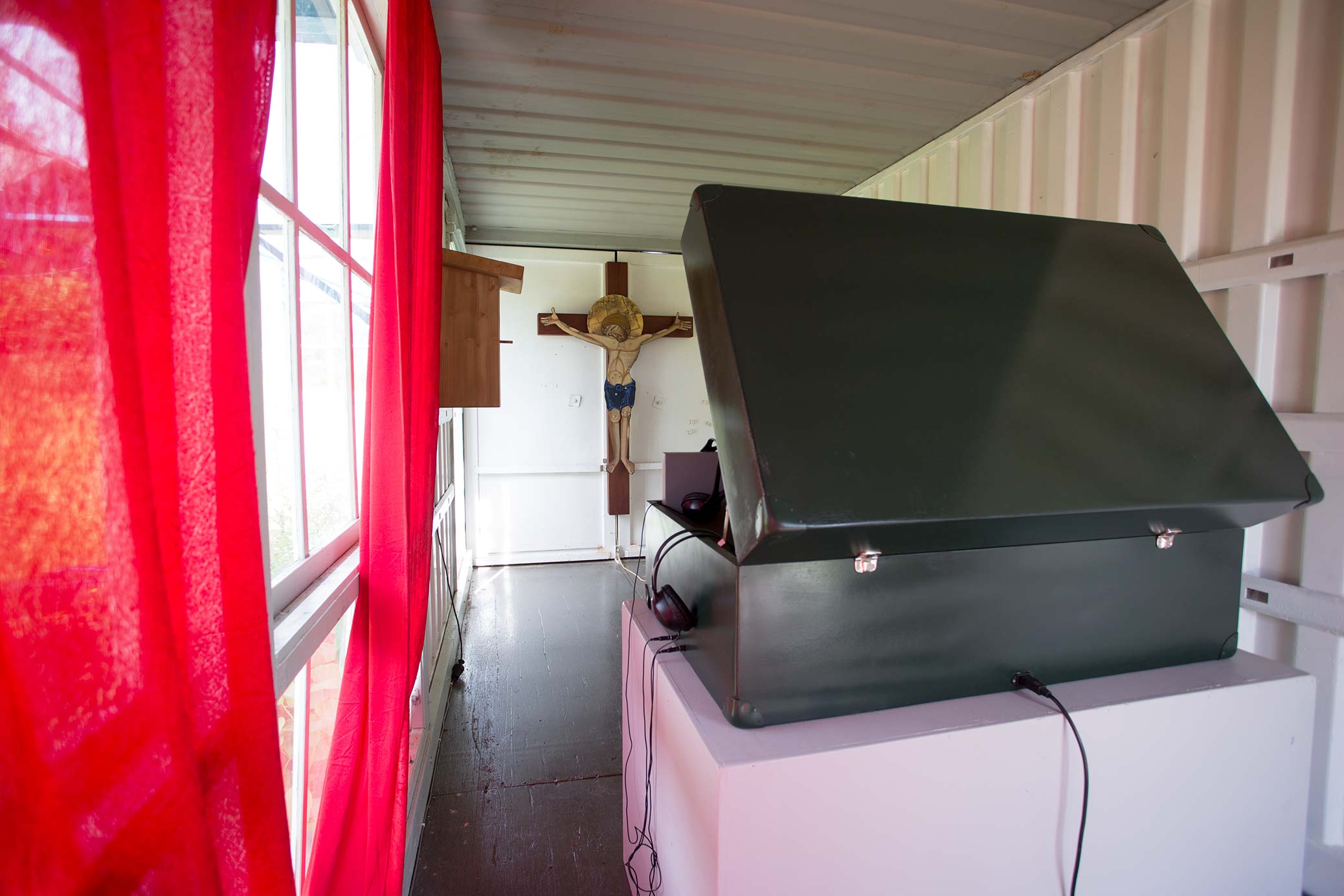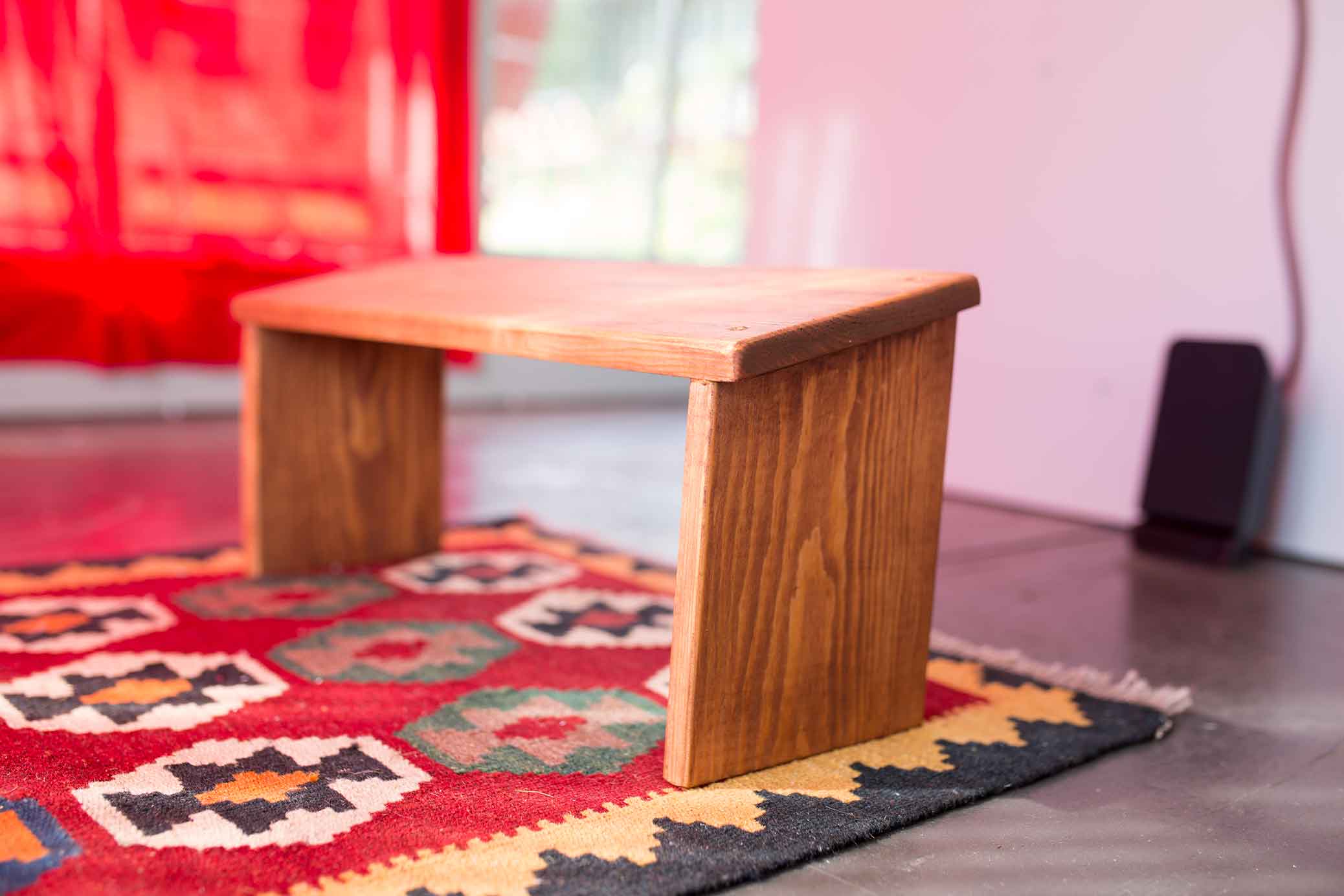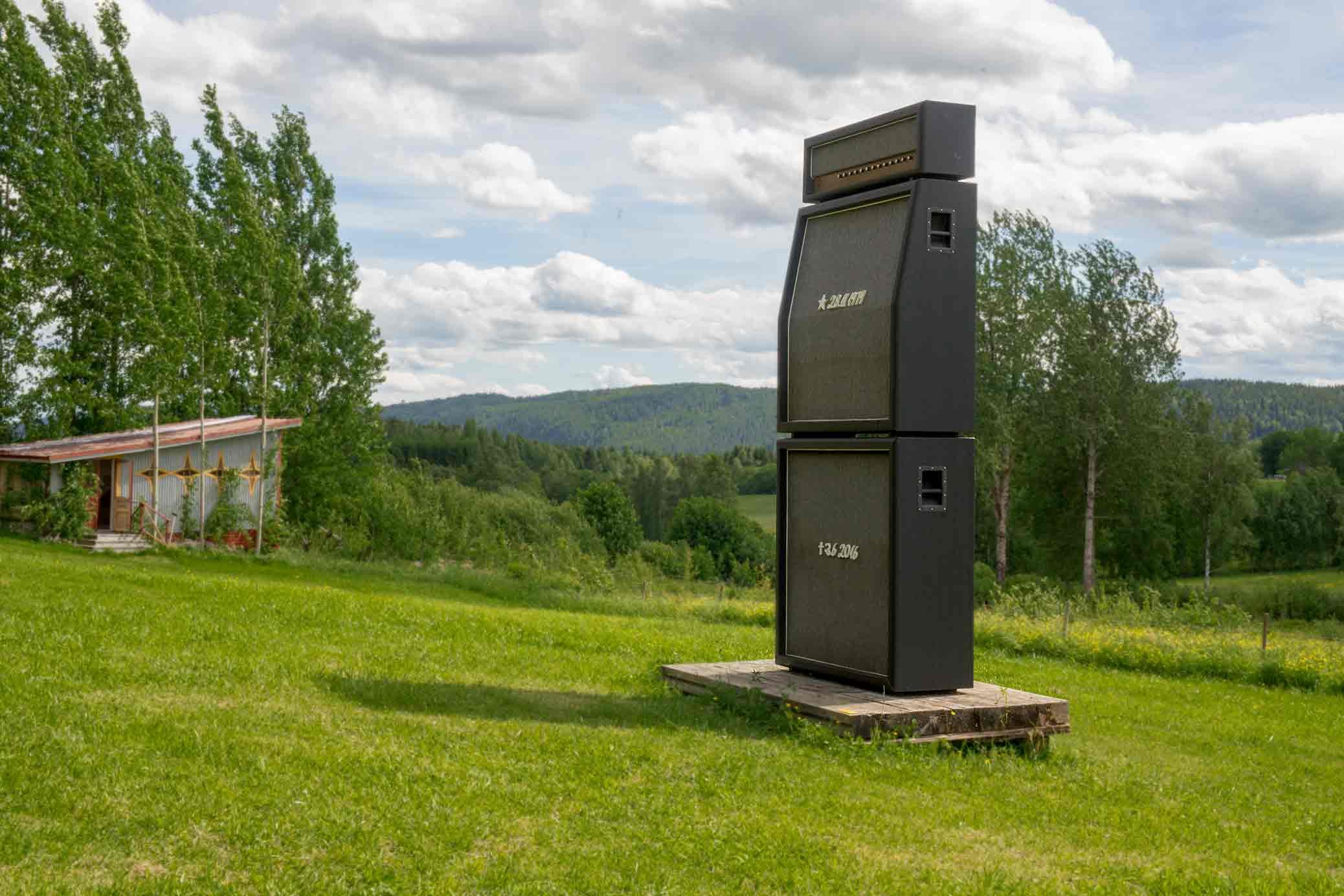
The artist duo Karl & Carl presents an exhibition on antinatalism, i.e. voluntary childlessness, or the idea that the best thing for the planet and humanity would be for people to stop having children.
Expect animation and musicals, anamnesis and AI, a fast-forward scroll through the book of Genesis, a Turkish millionaire who intend to have 105 children with the help of surrogate mothers, and a spaceship with the last human on board.
Rigid notions of human superiority and the survival of the species, especially the belief in reproduction as something good and divinely sanctioned, are questioned in a meandering associative dialogue. Personal stories are interwoven in a modular work presented in a spatial design with museum displays, artefacts and archive fragments.
The human race is evolving along the same growth curve as a parasite. The planet is facing overpopulation, unsustainable lifestyles and climate change. Is it then justifiable to bring children into the world?
Many people in their 20s and 50s suffer from what we might call PSS, pre-reproductive stress syndrome. The condition is widespread. Its main symptom is a desire to have children. Options include artificial insemination, surrogacy and, in some places, even cloning experiments.
Not having children has previously been considered a failure. There are signs that we are in the midst of a radical norm shift when it comes to reproduction. In Europe, birth rates are falling. In China, young couples are having dogs rather than children. In Australia, one in three men has been sterilised. In Russia, increasingly desperate incentives are being introduced to encourage childbearing. In Canada, South Korea and the United States, the 4B movement is gaining ground; young women are opting out of dating, marriage, sex and children.
At the same time, it is becoming possible to talk about a taboo: 13 percent of all parents regret having children.
The artist duo Karl & Carl consists of Karl Hedin and Björn Carl Perborg. Together, they combine sculpture, film and animation. In previous works, they have drawn attention to human vanity, focussing on human beings (those walking digestive systems with unusually high opinions of themselves) and their relationship to the planet, the universe, life and death. The exhibition at Konstepidemin is a deepening and delimitation of that theme.
The exhibition has been produced with the support of The Swedish Arts Grants Committee, The Swedish Arts Council and the City of Gothenburg.
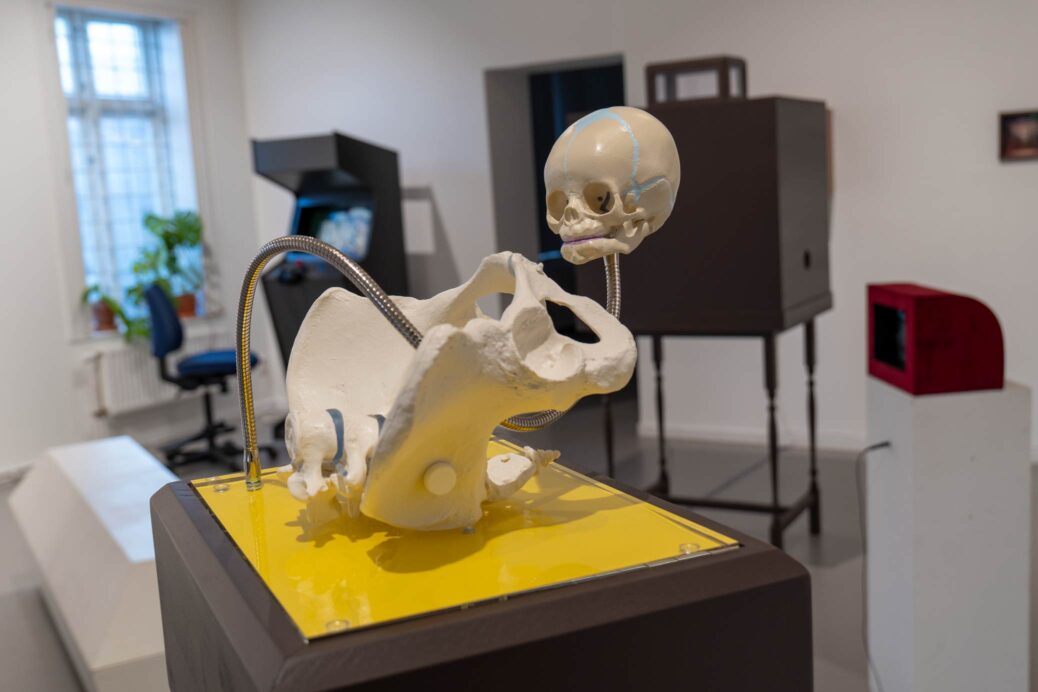

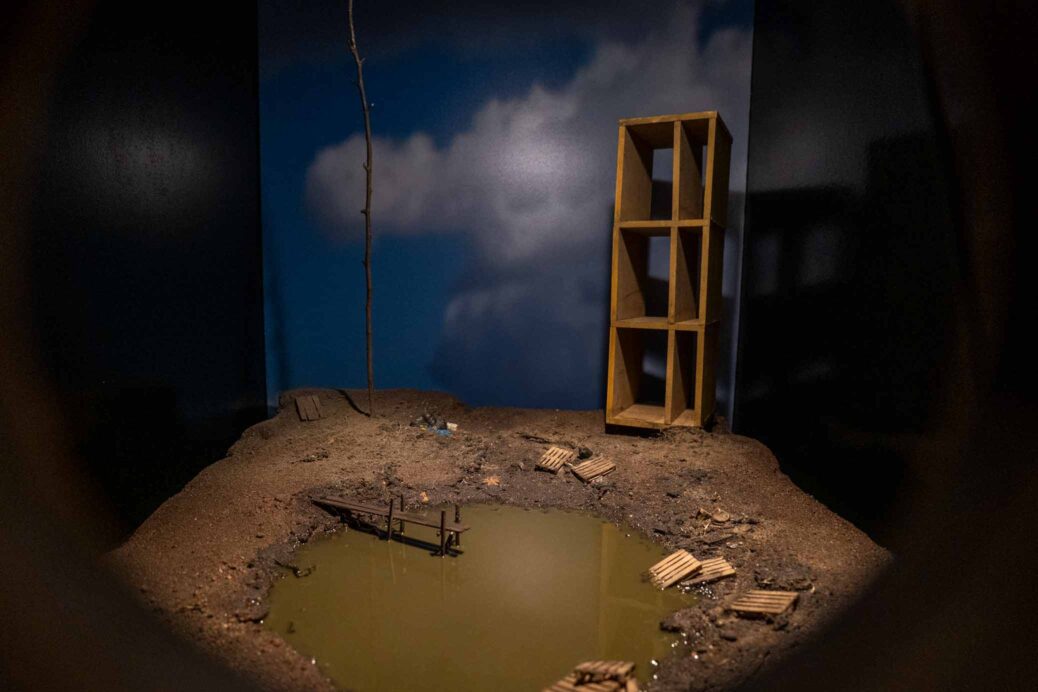
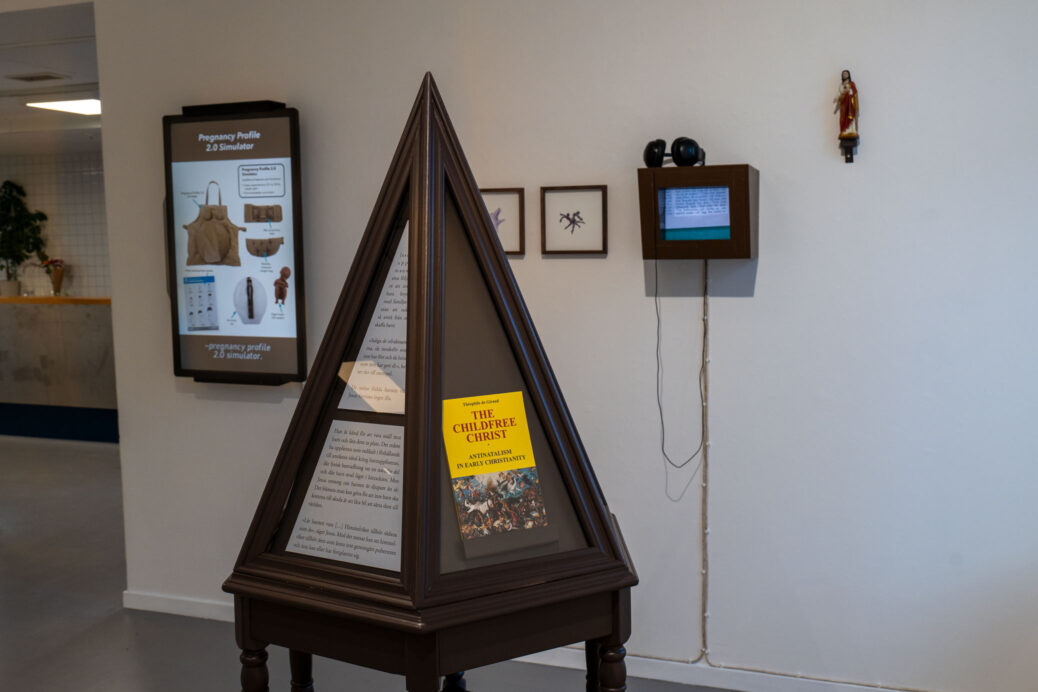
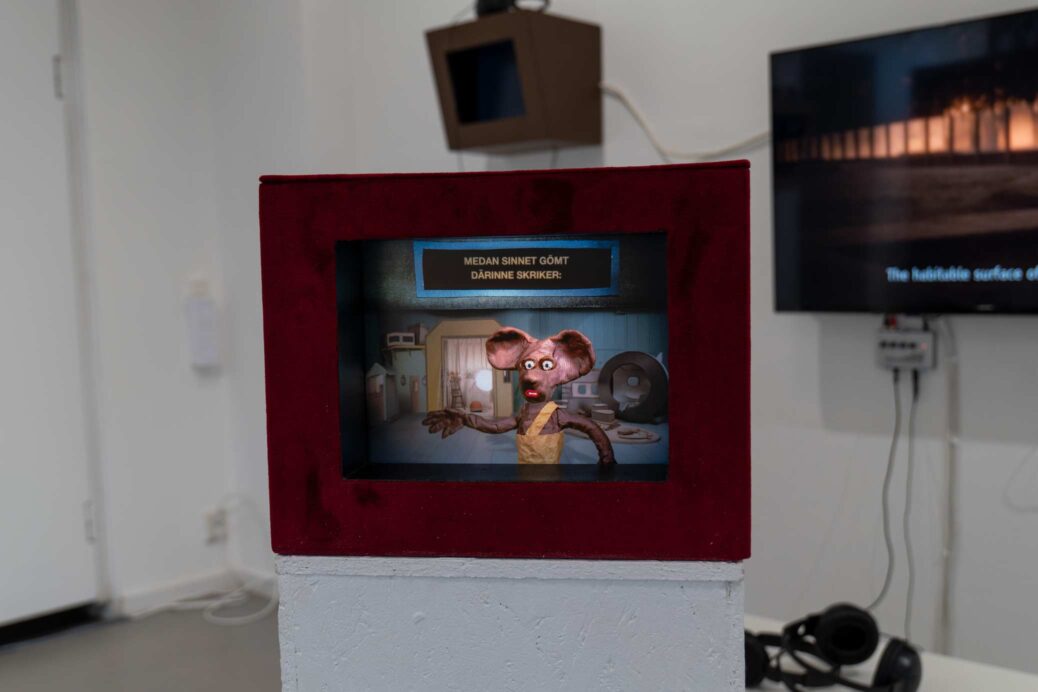
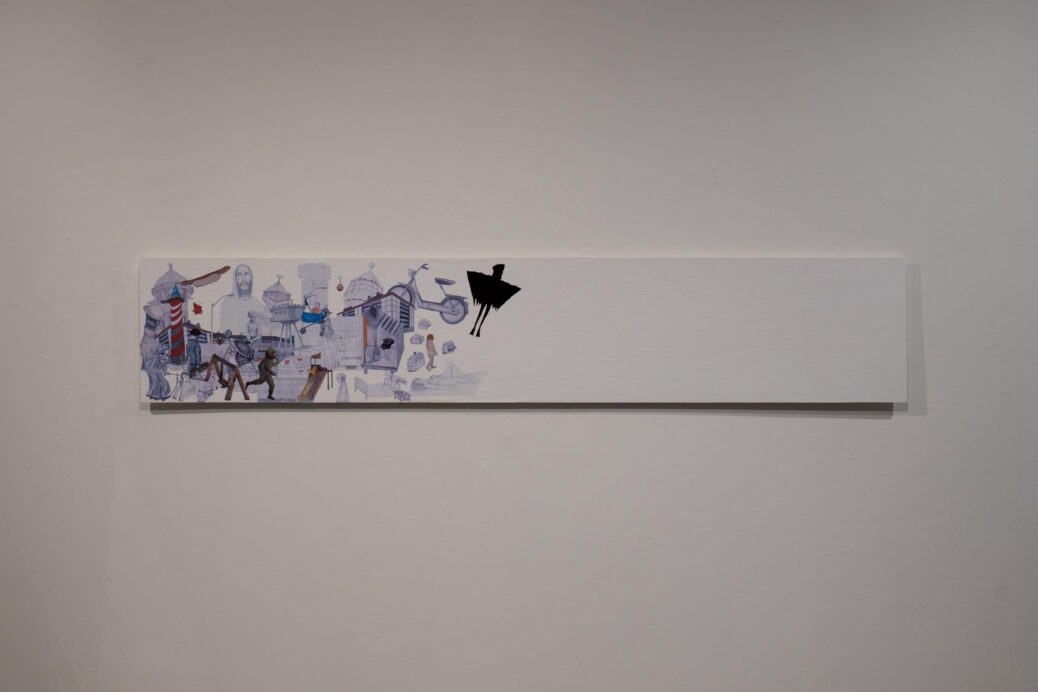
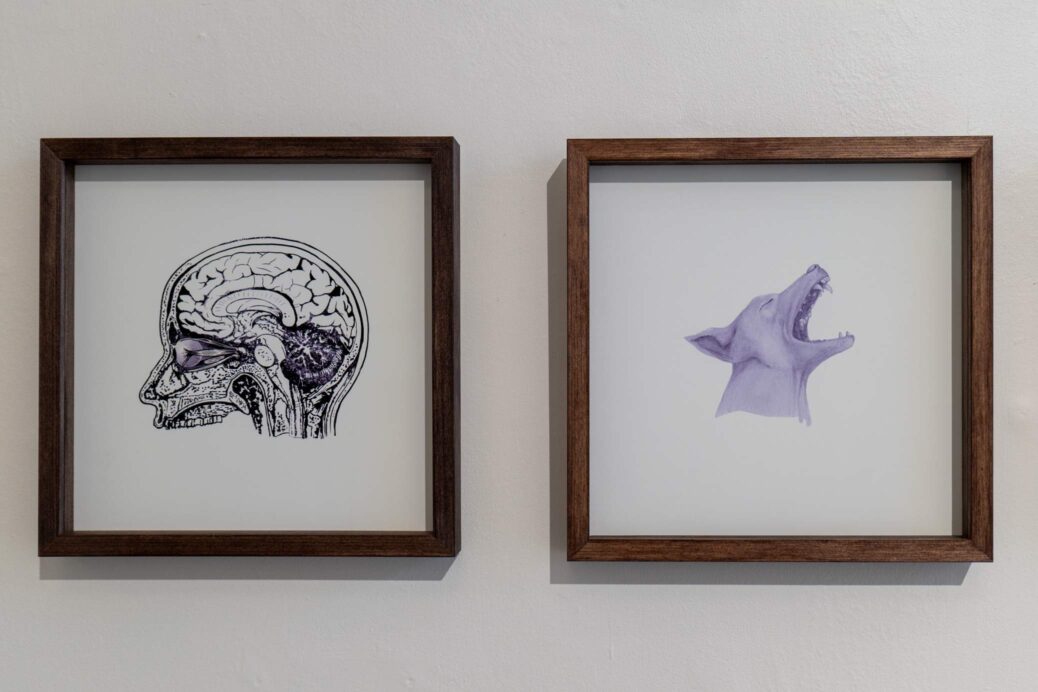
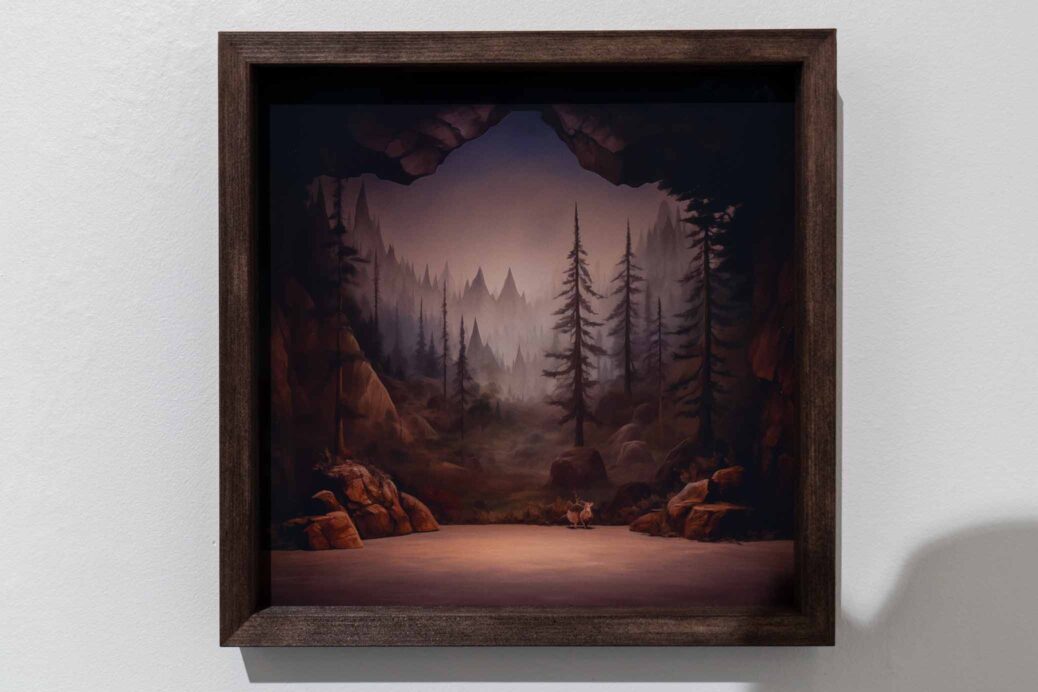
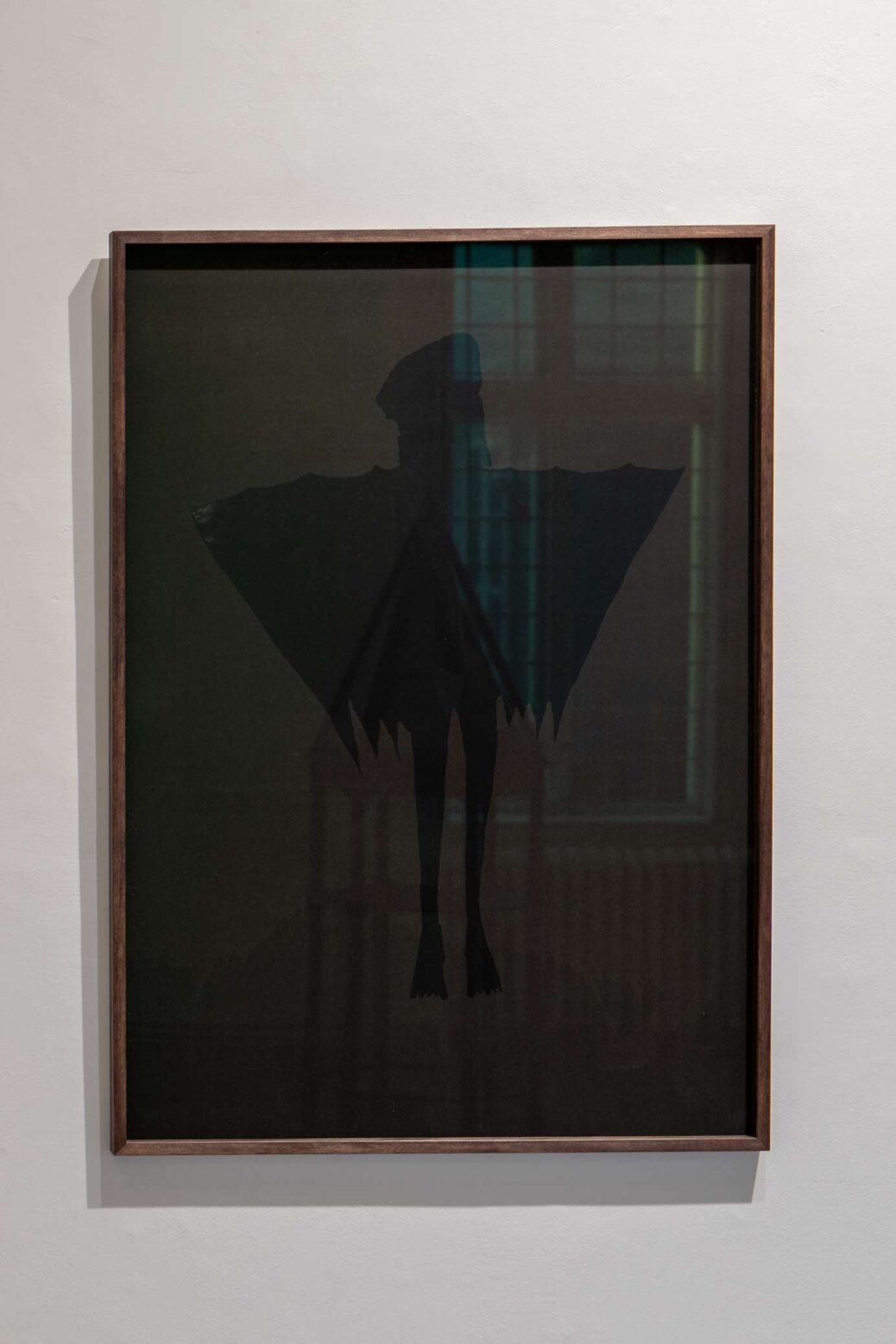

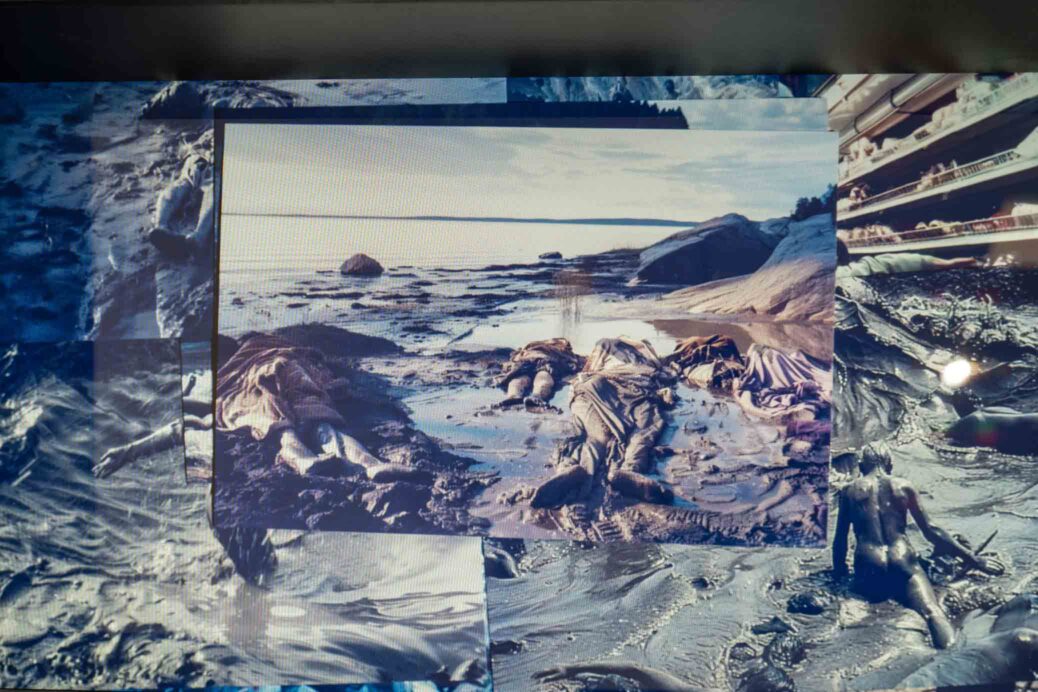

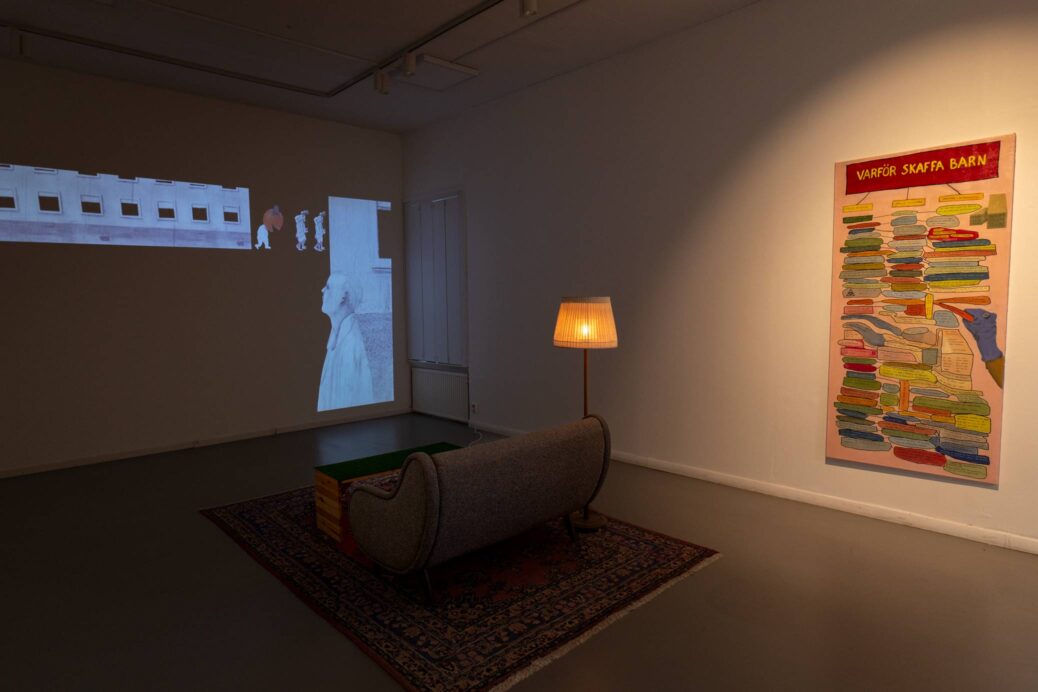


Year: 2025
Dimensions: 137 m2



